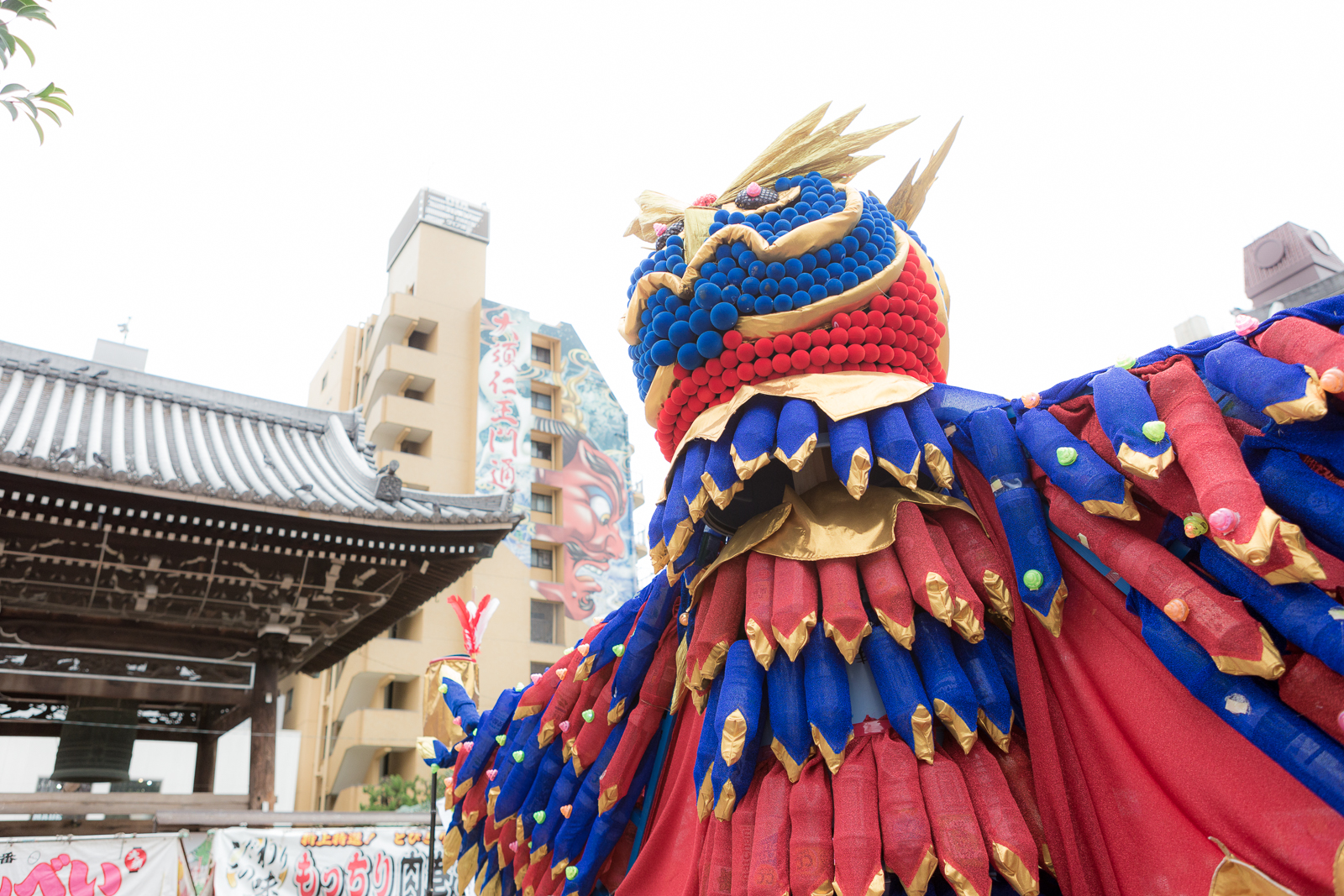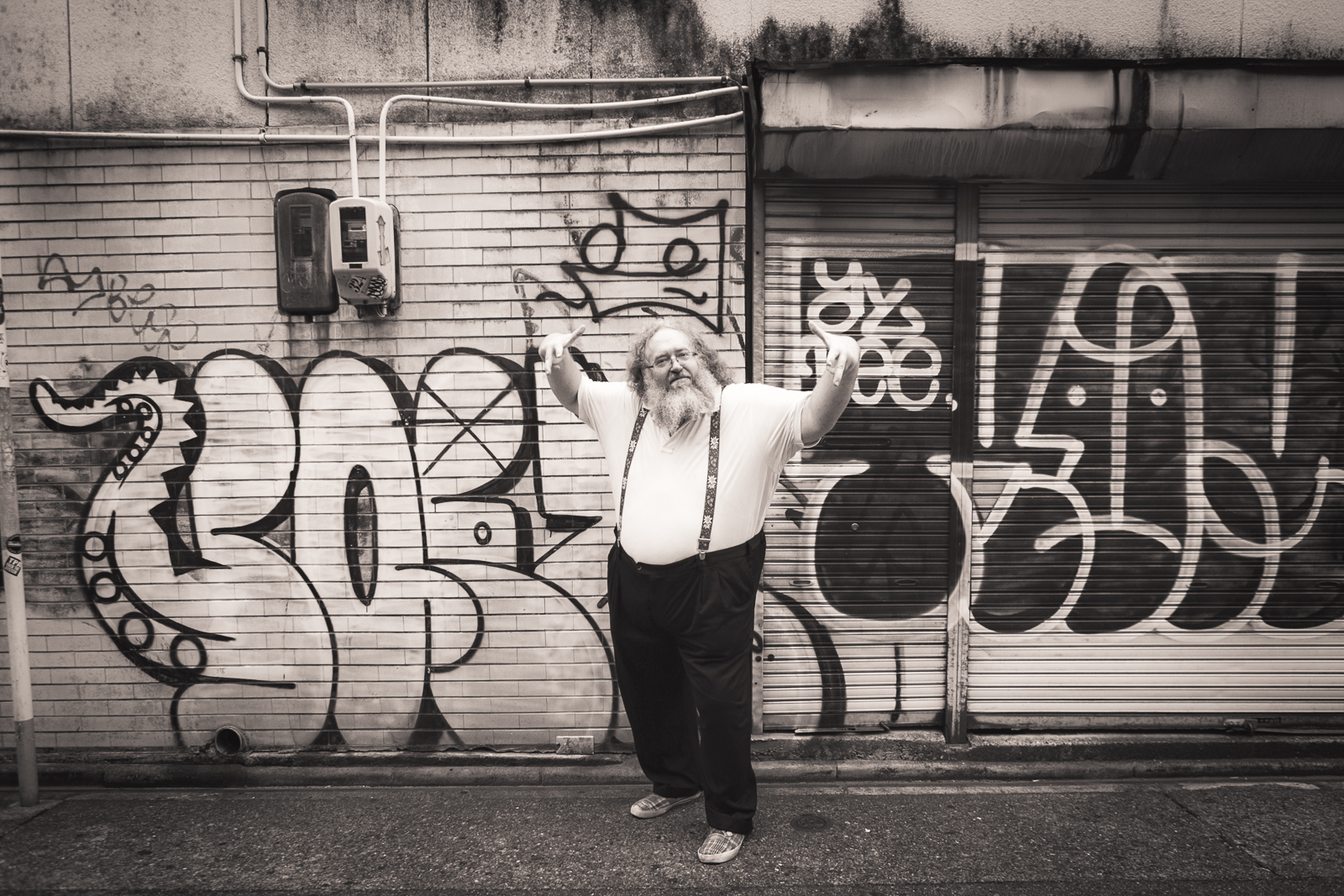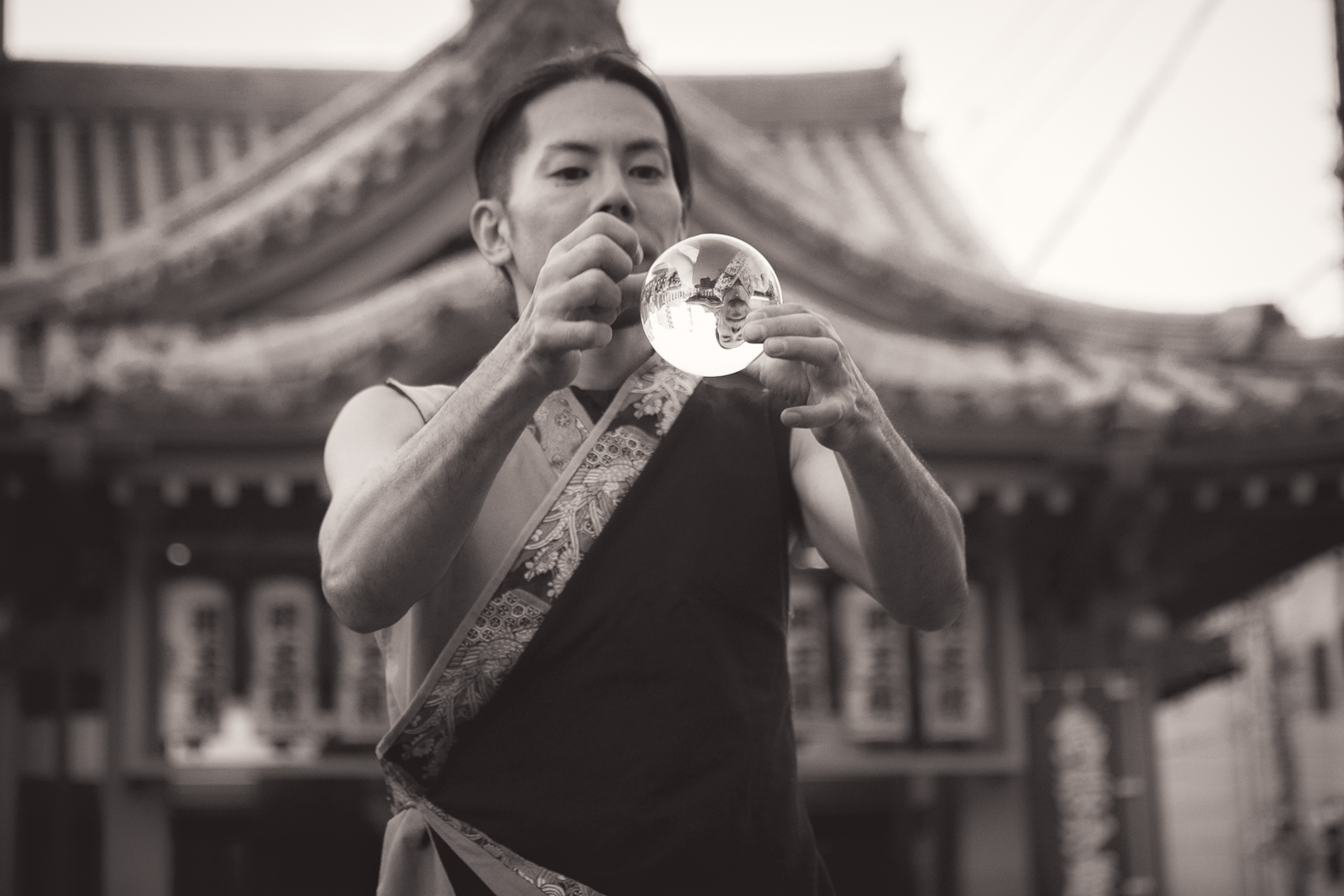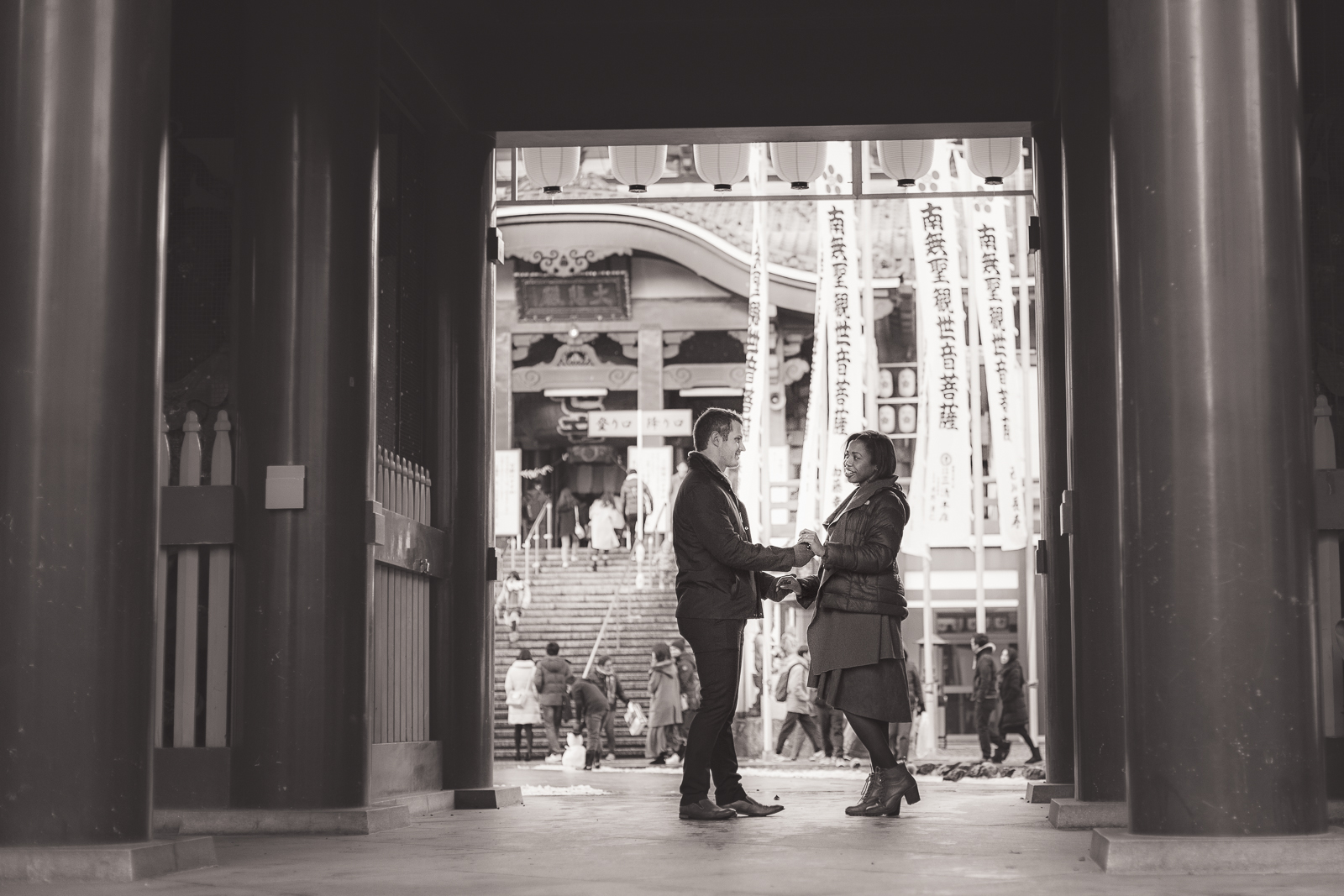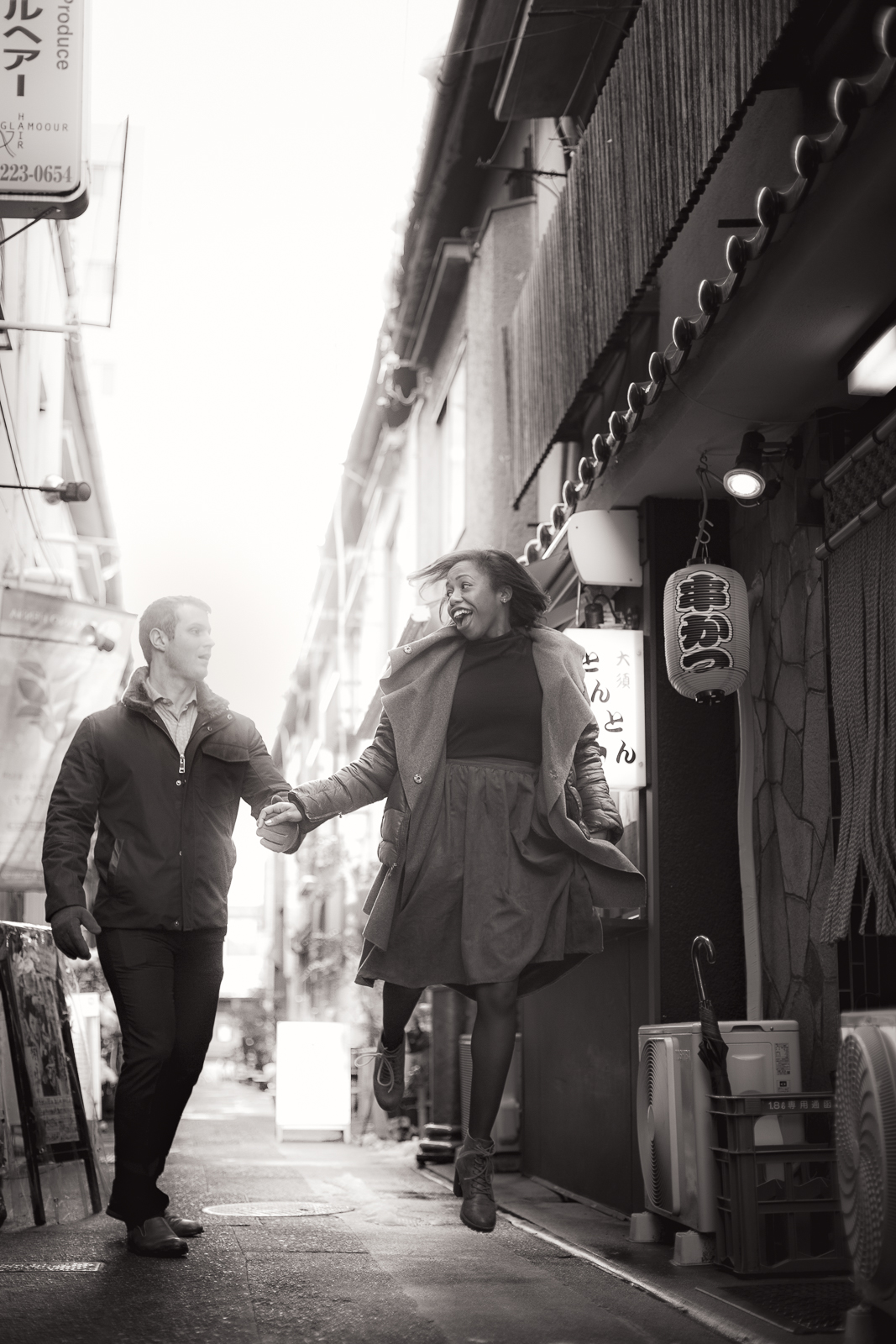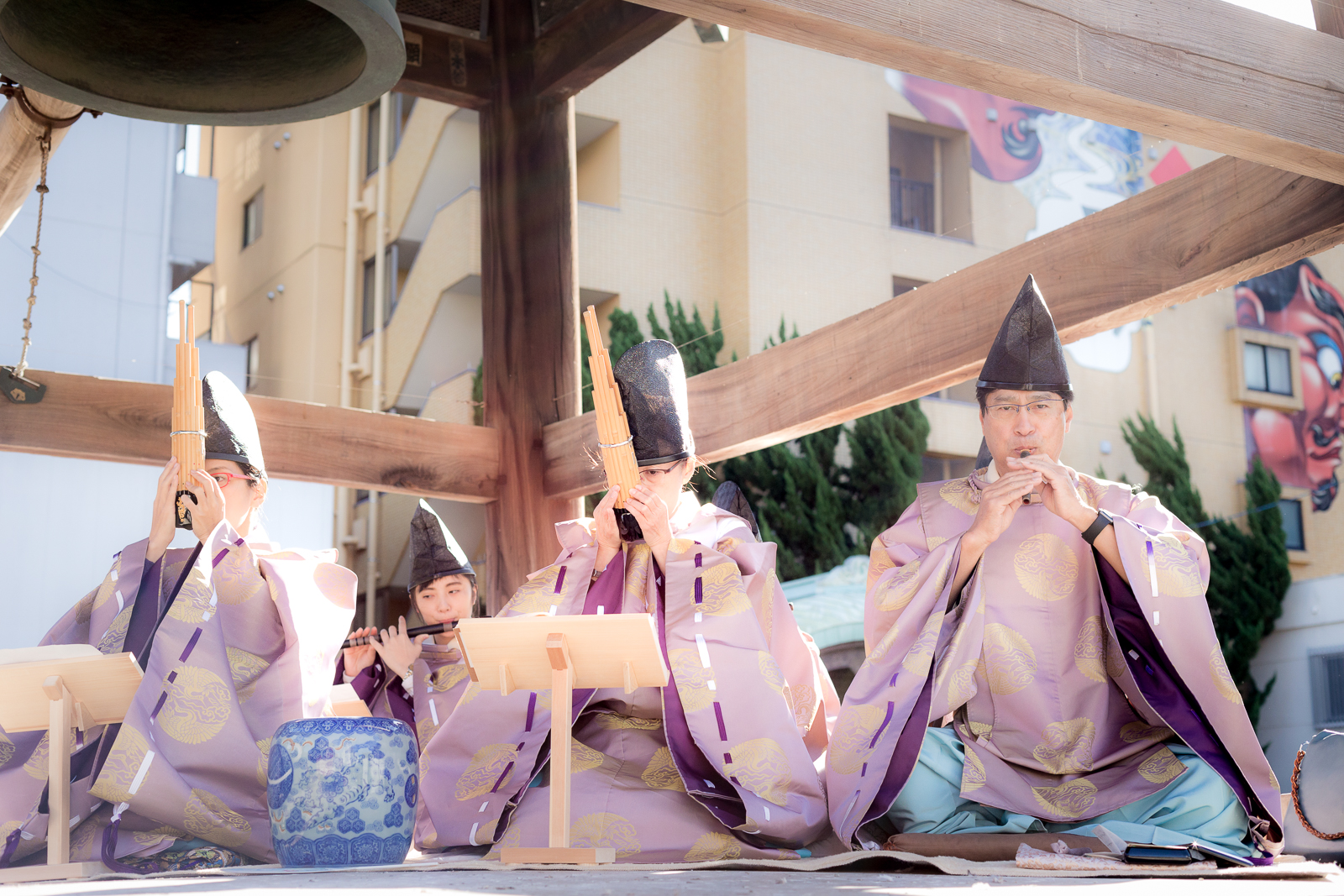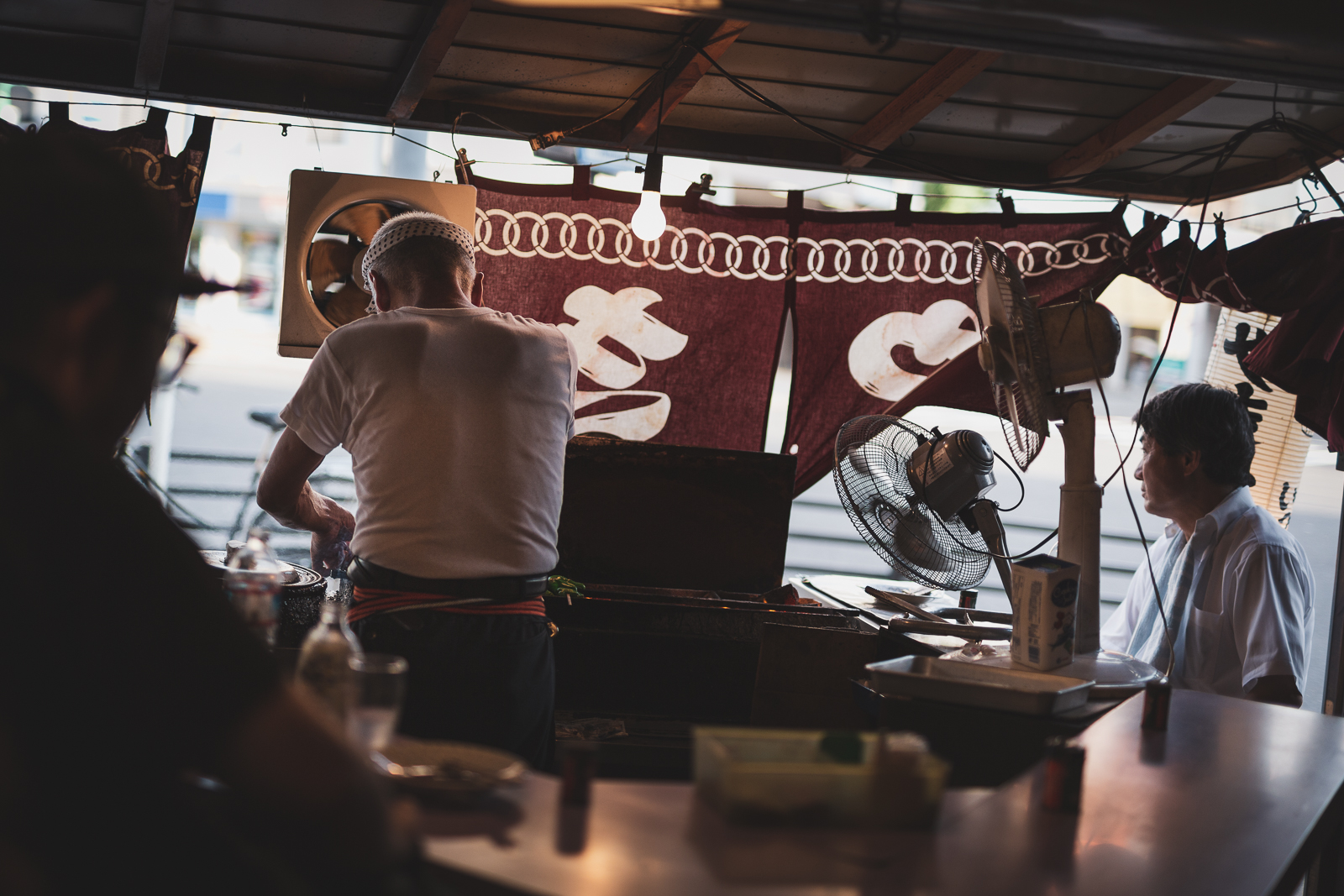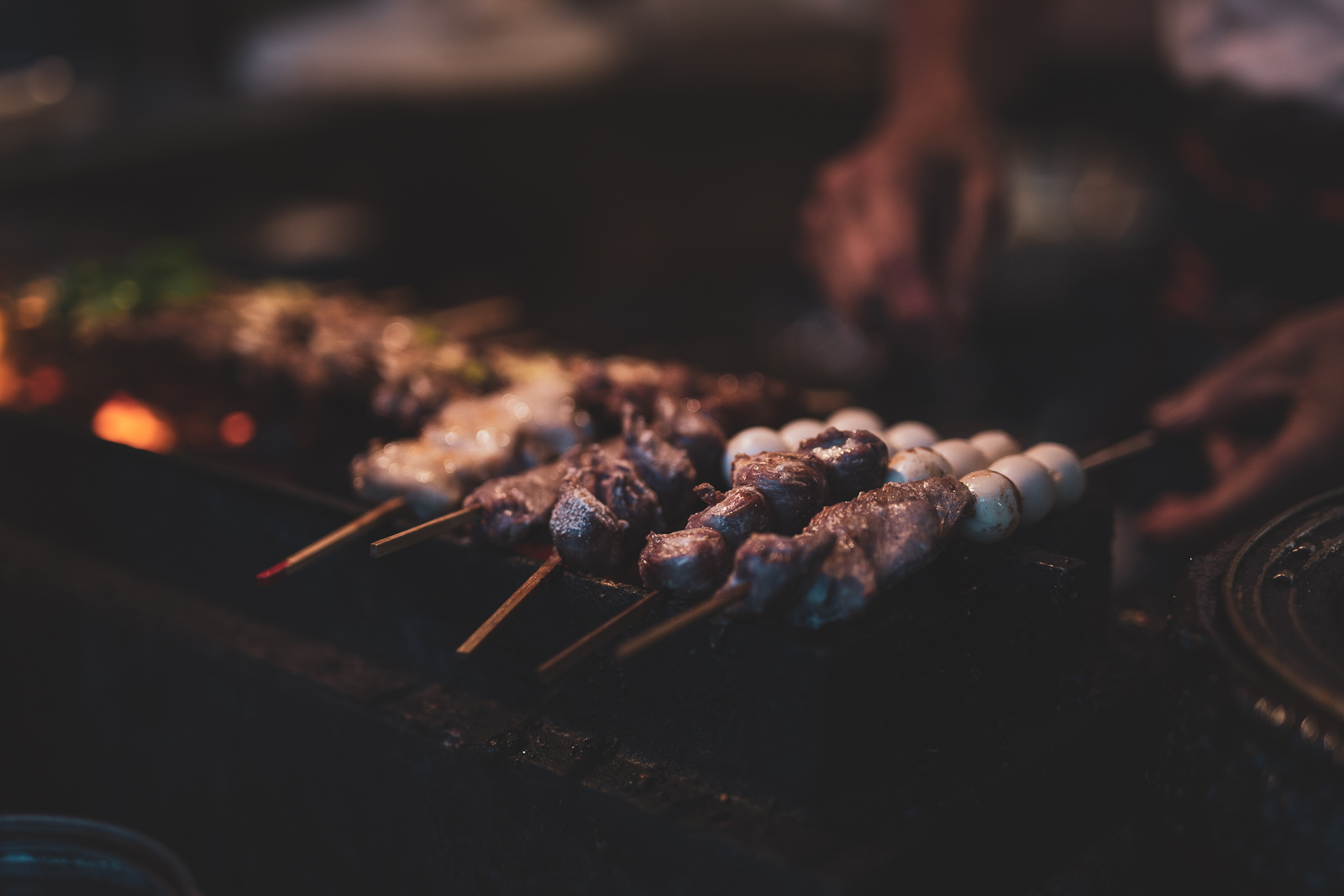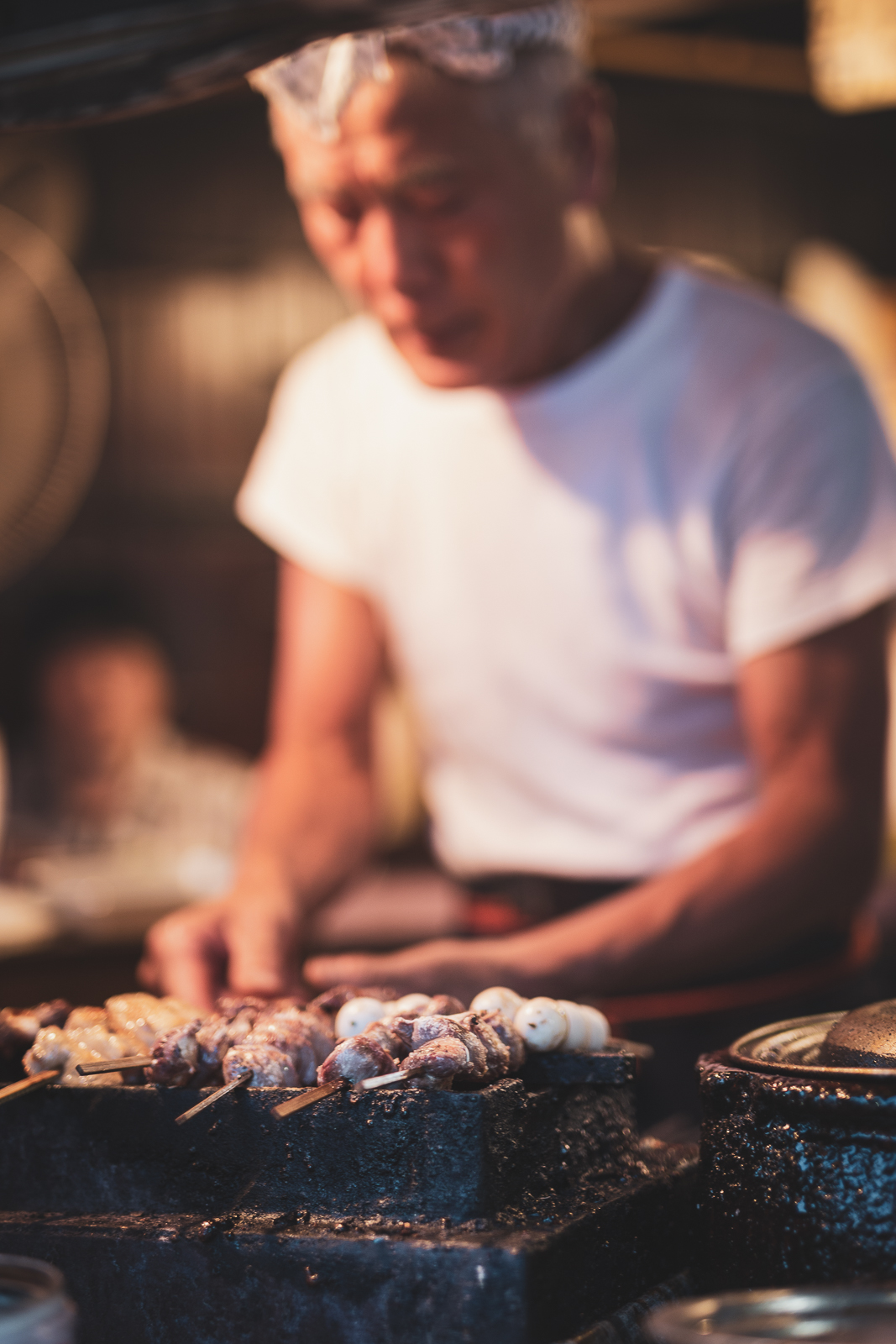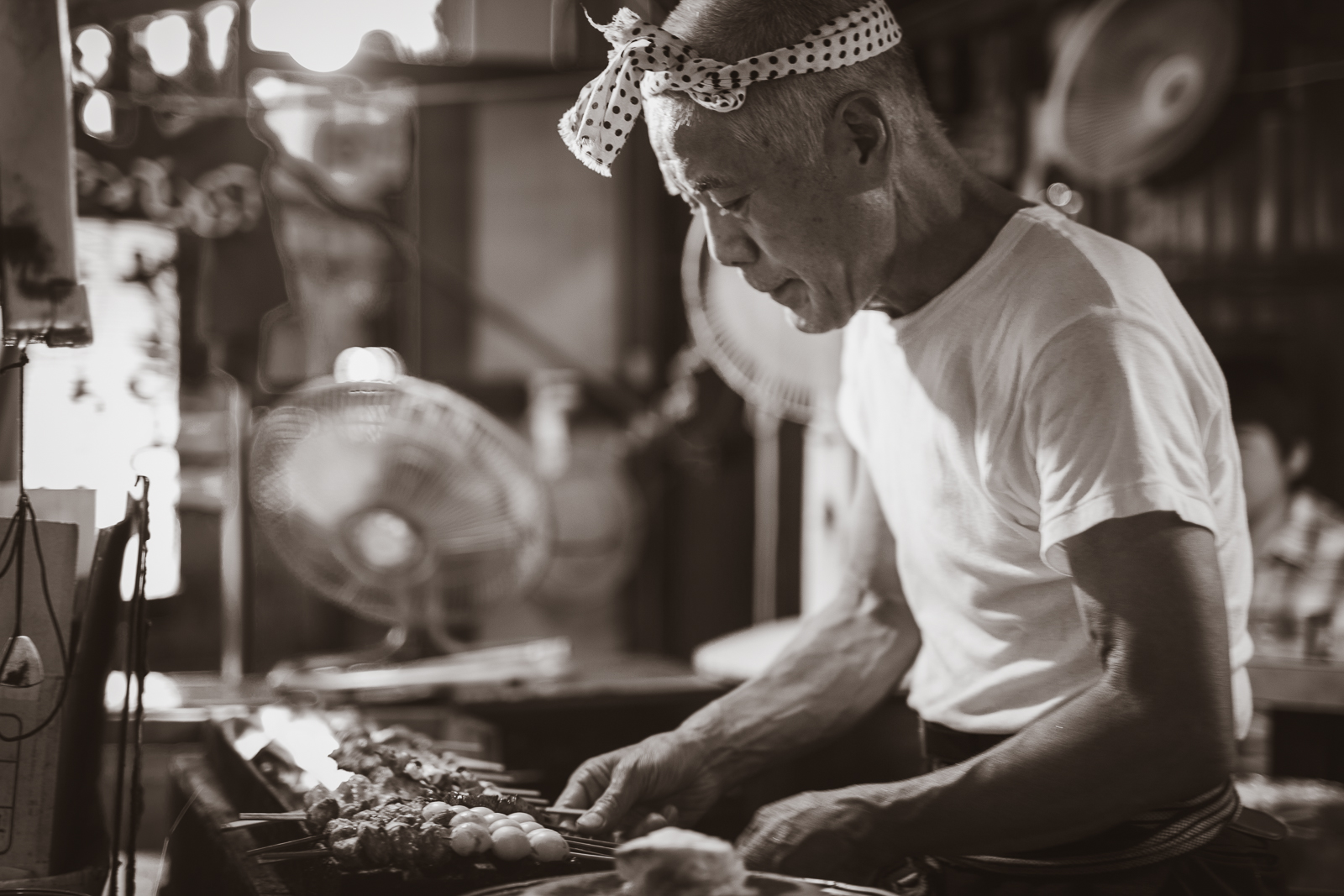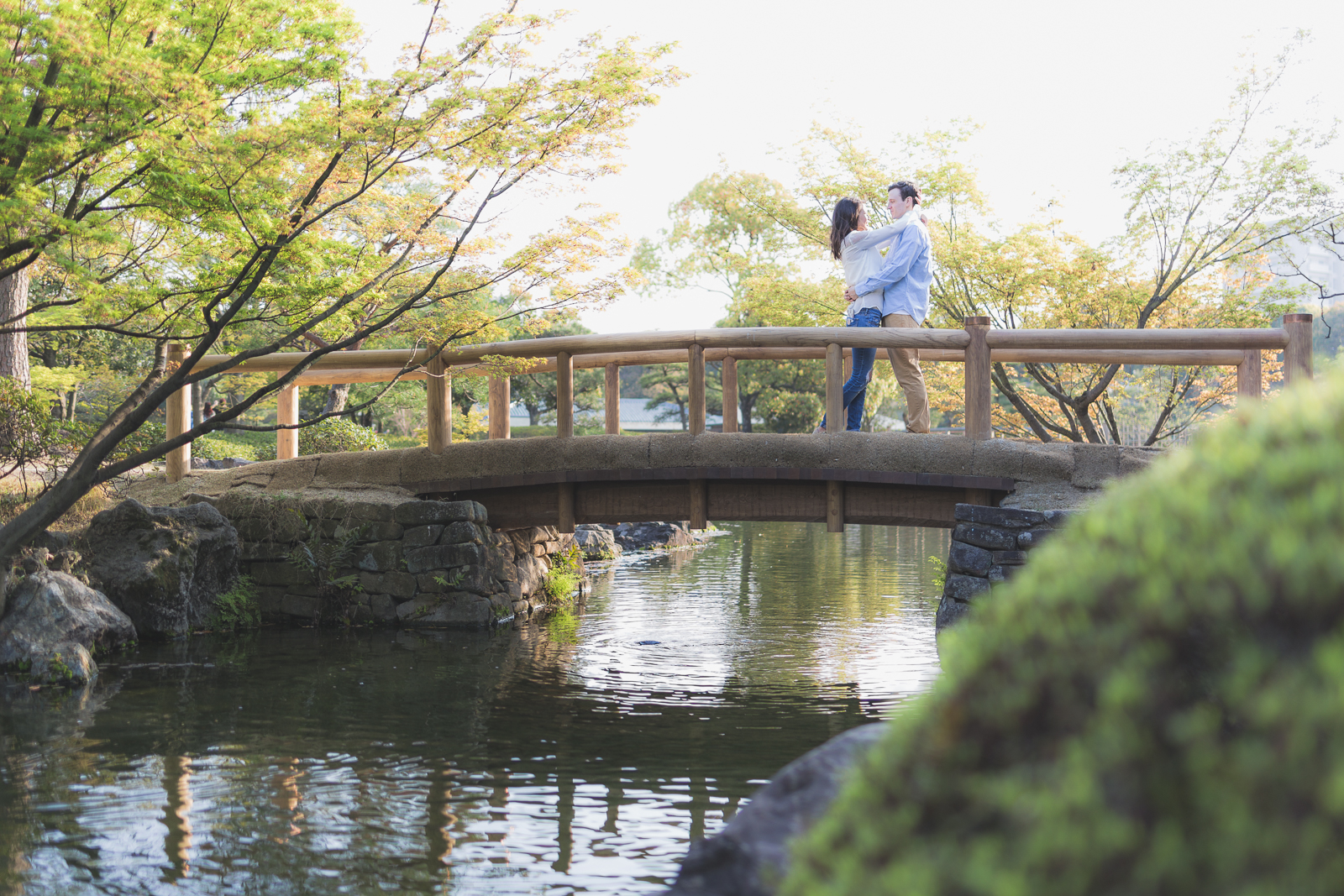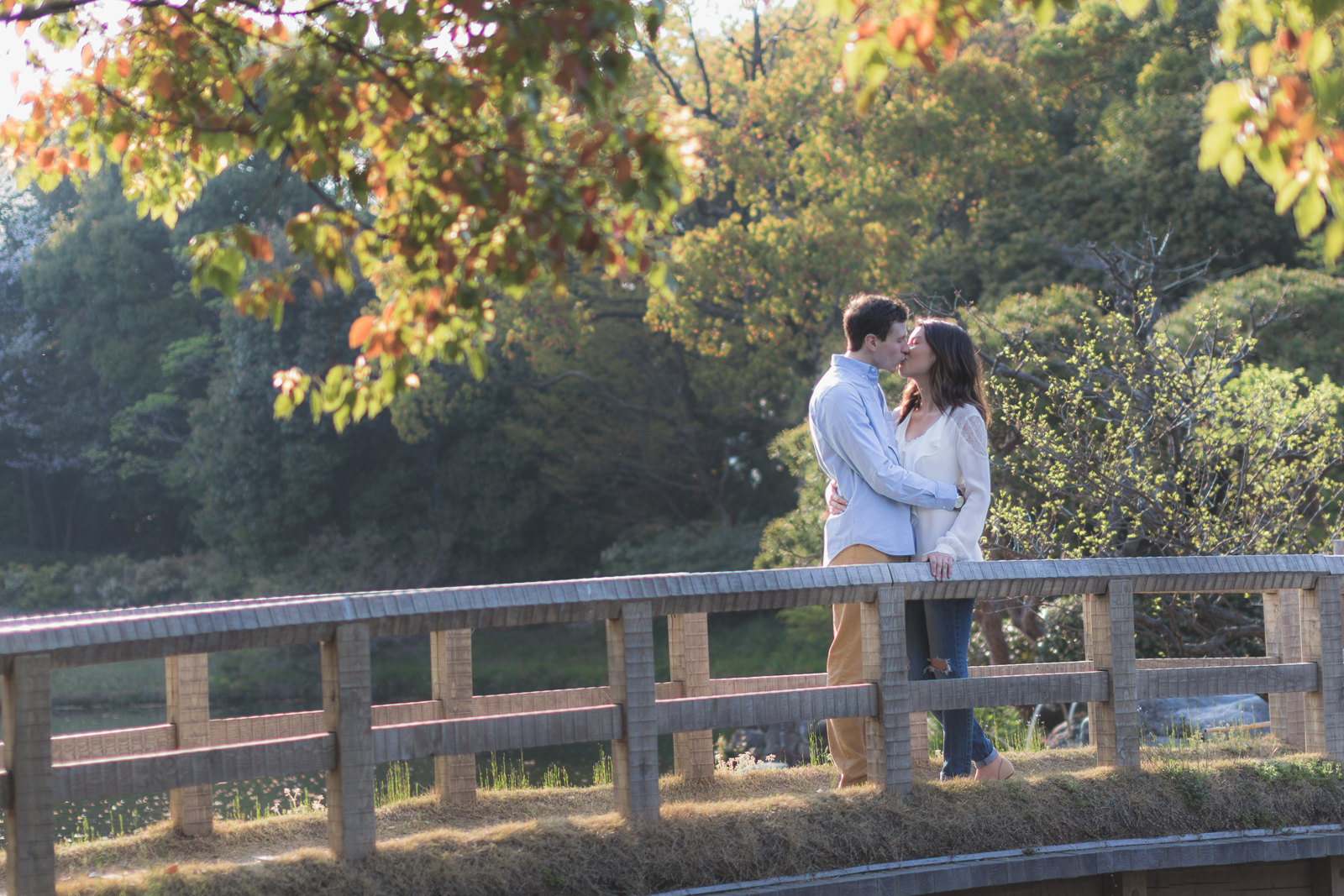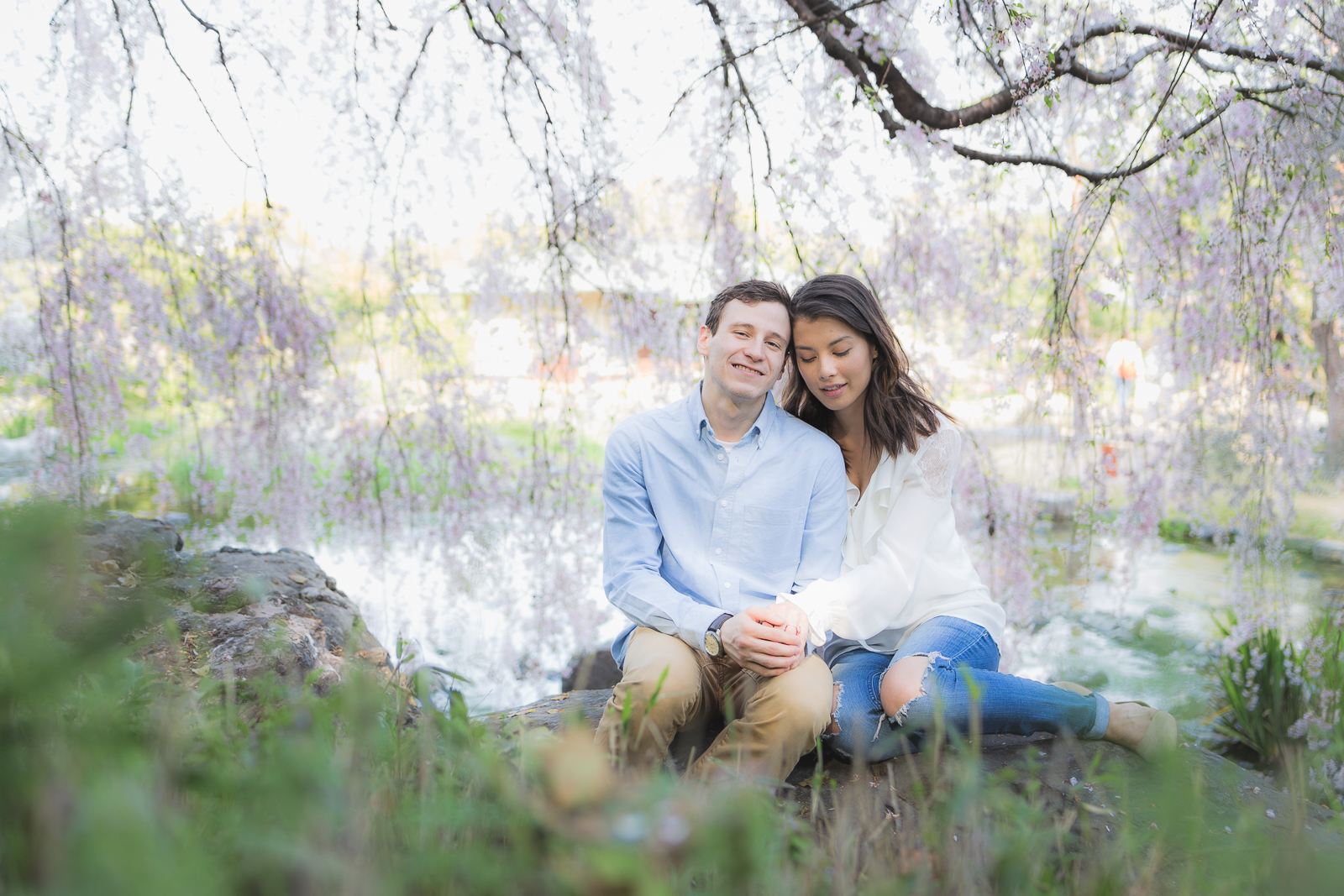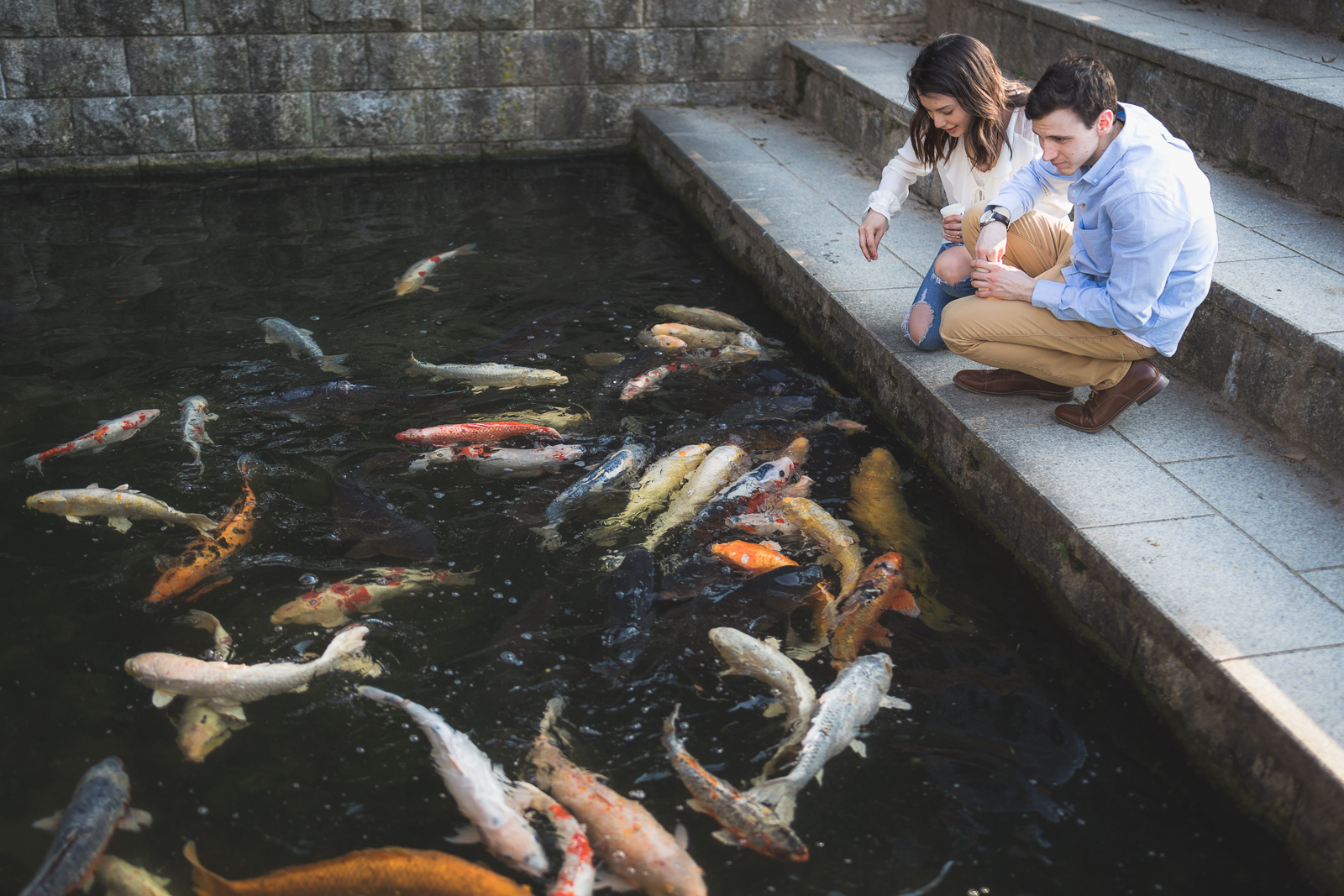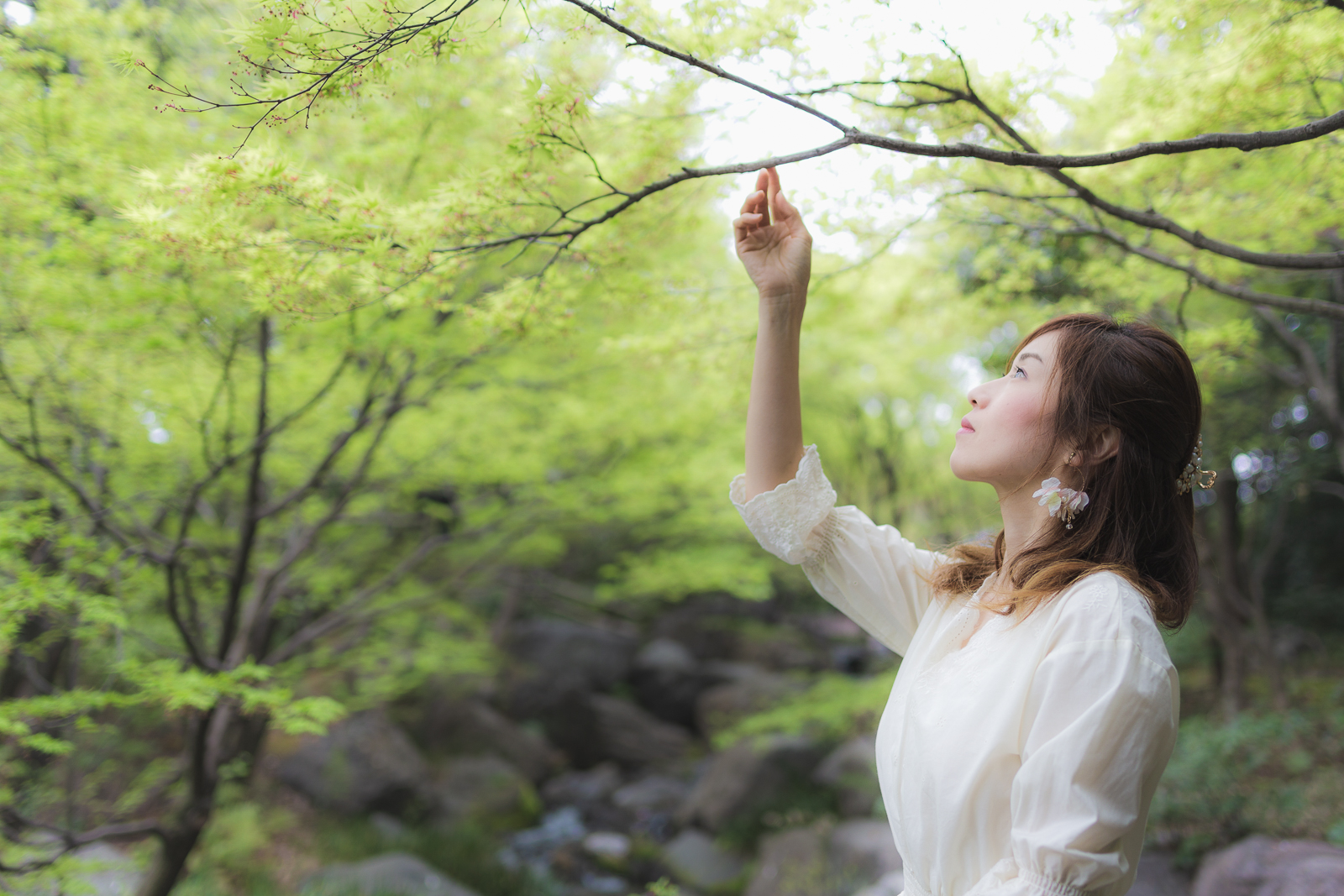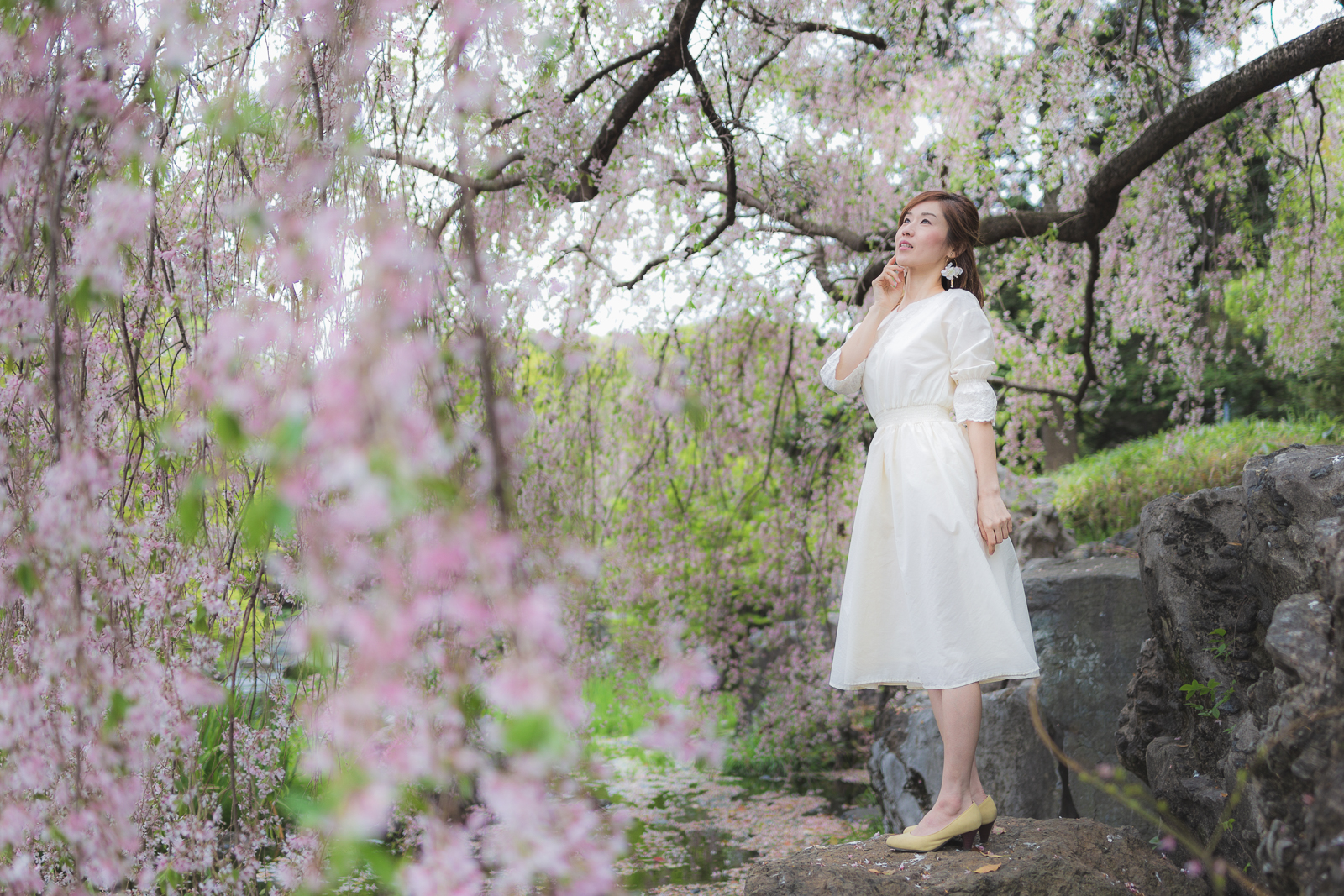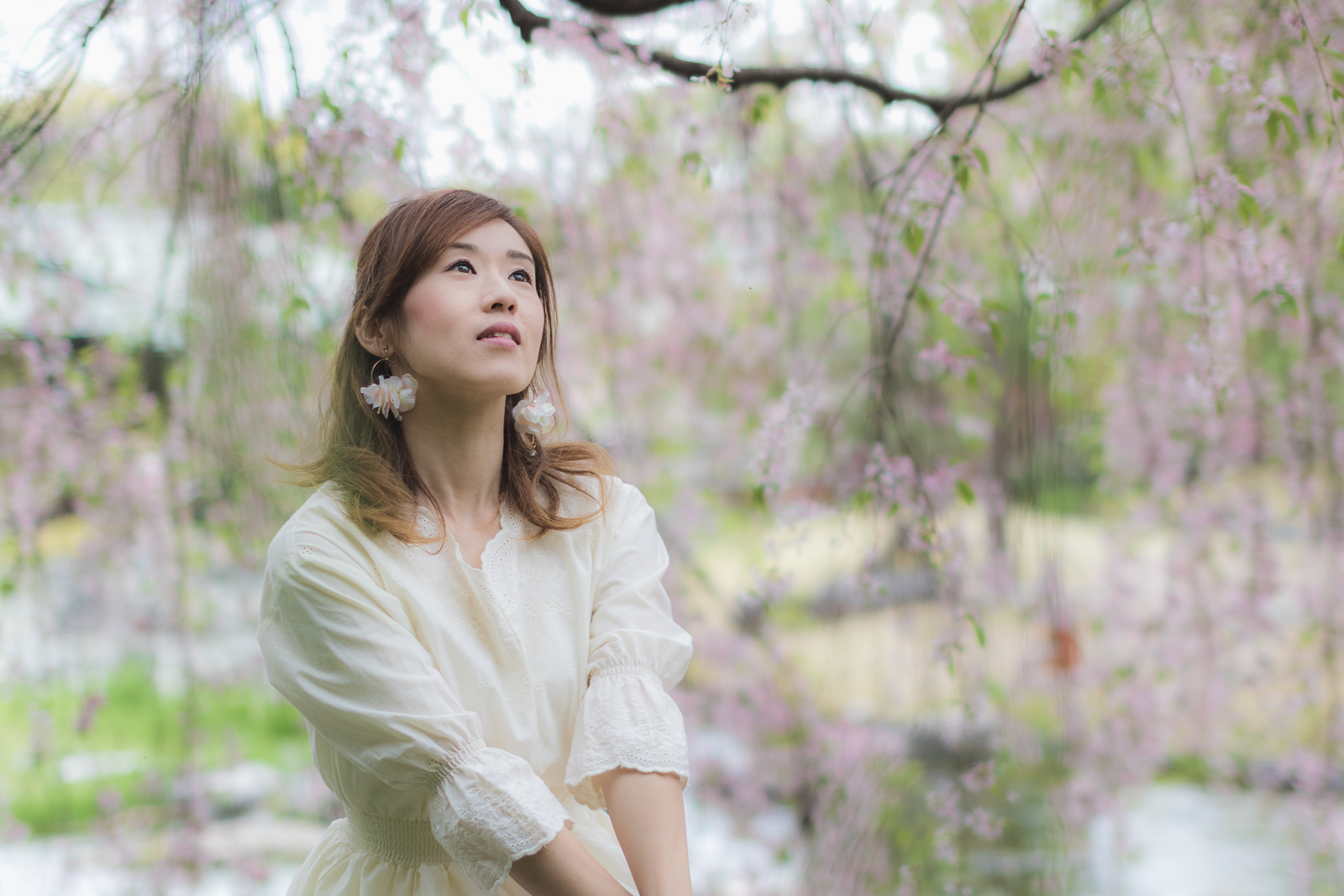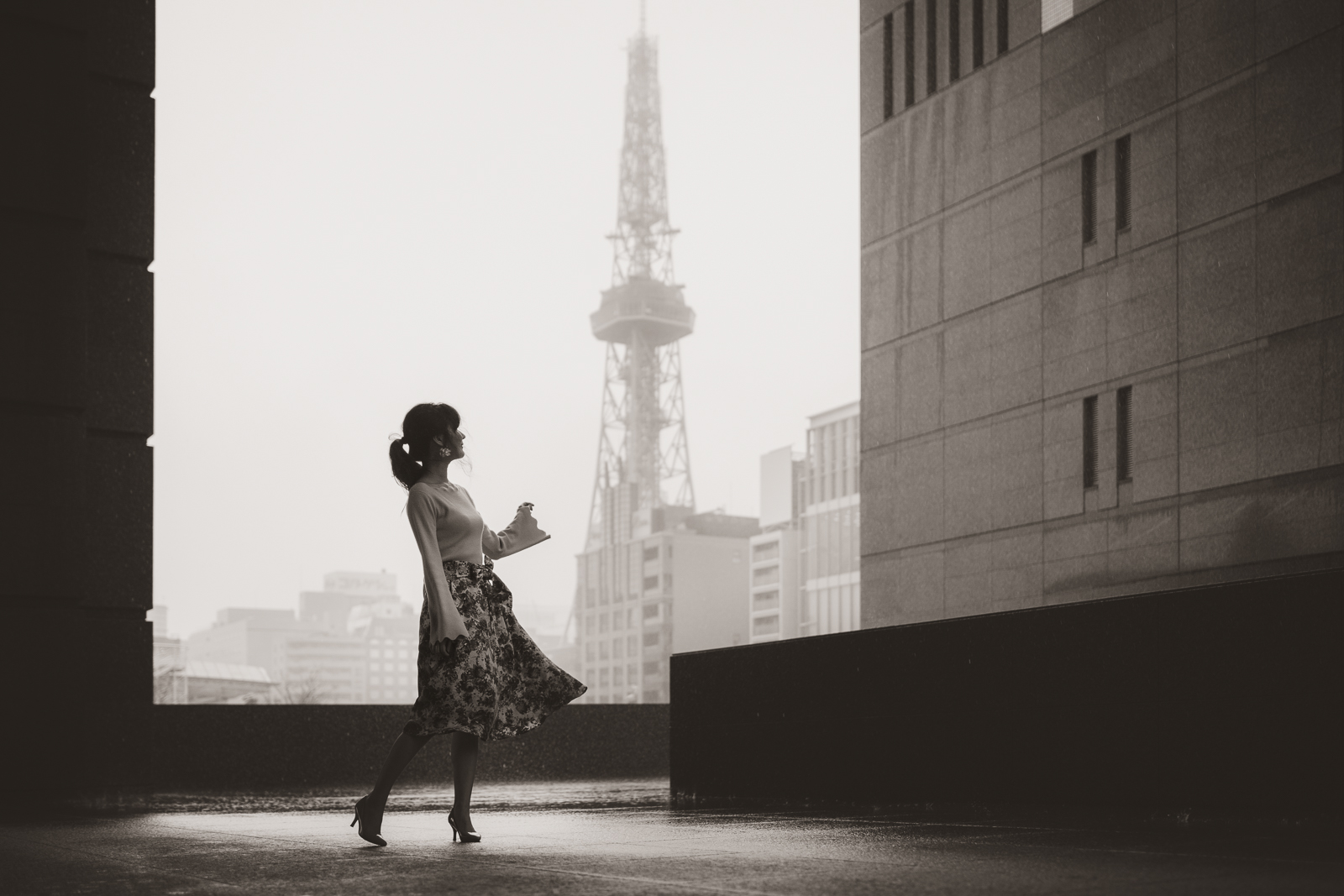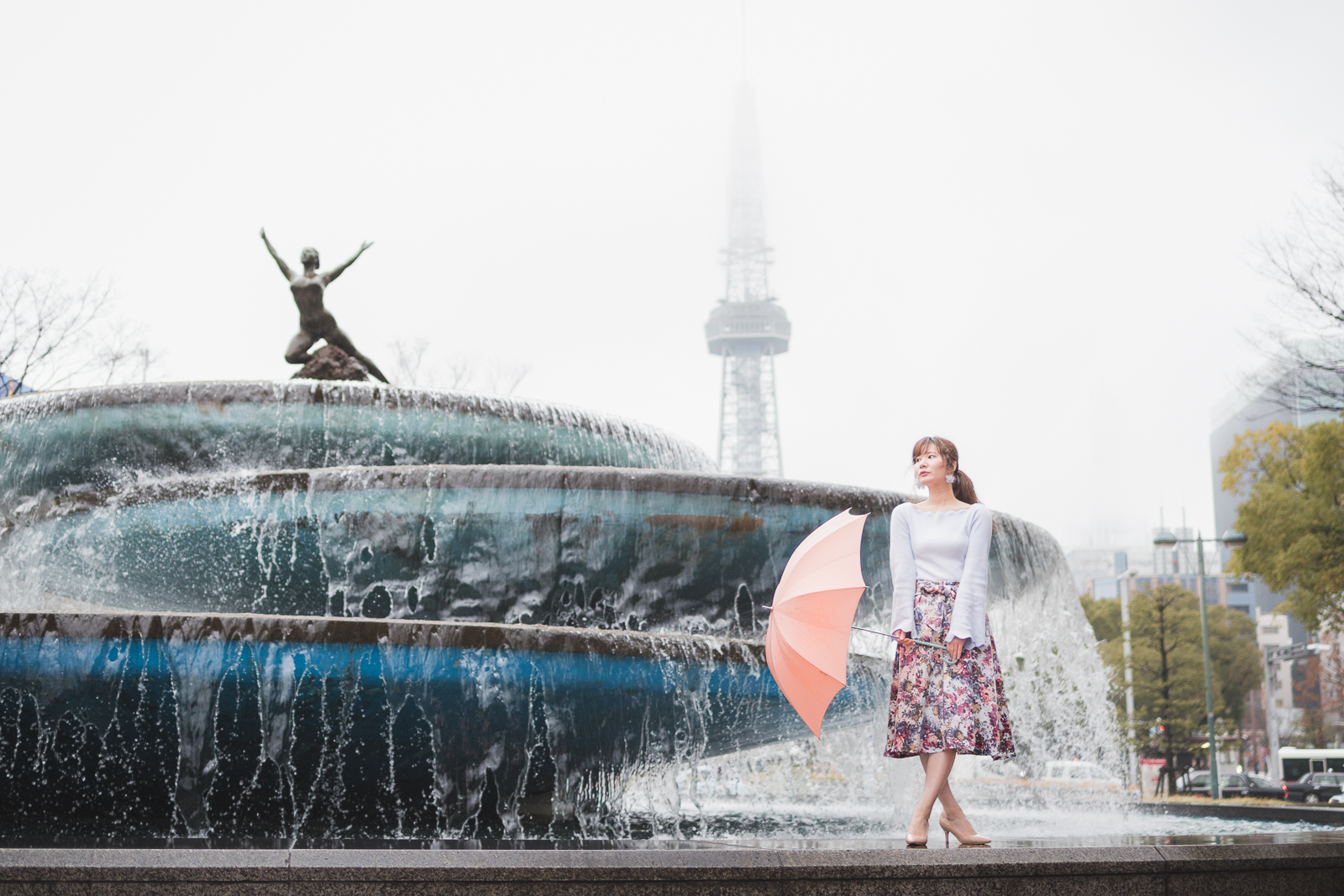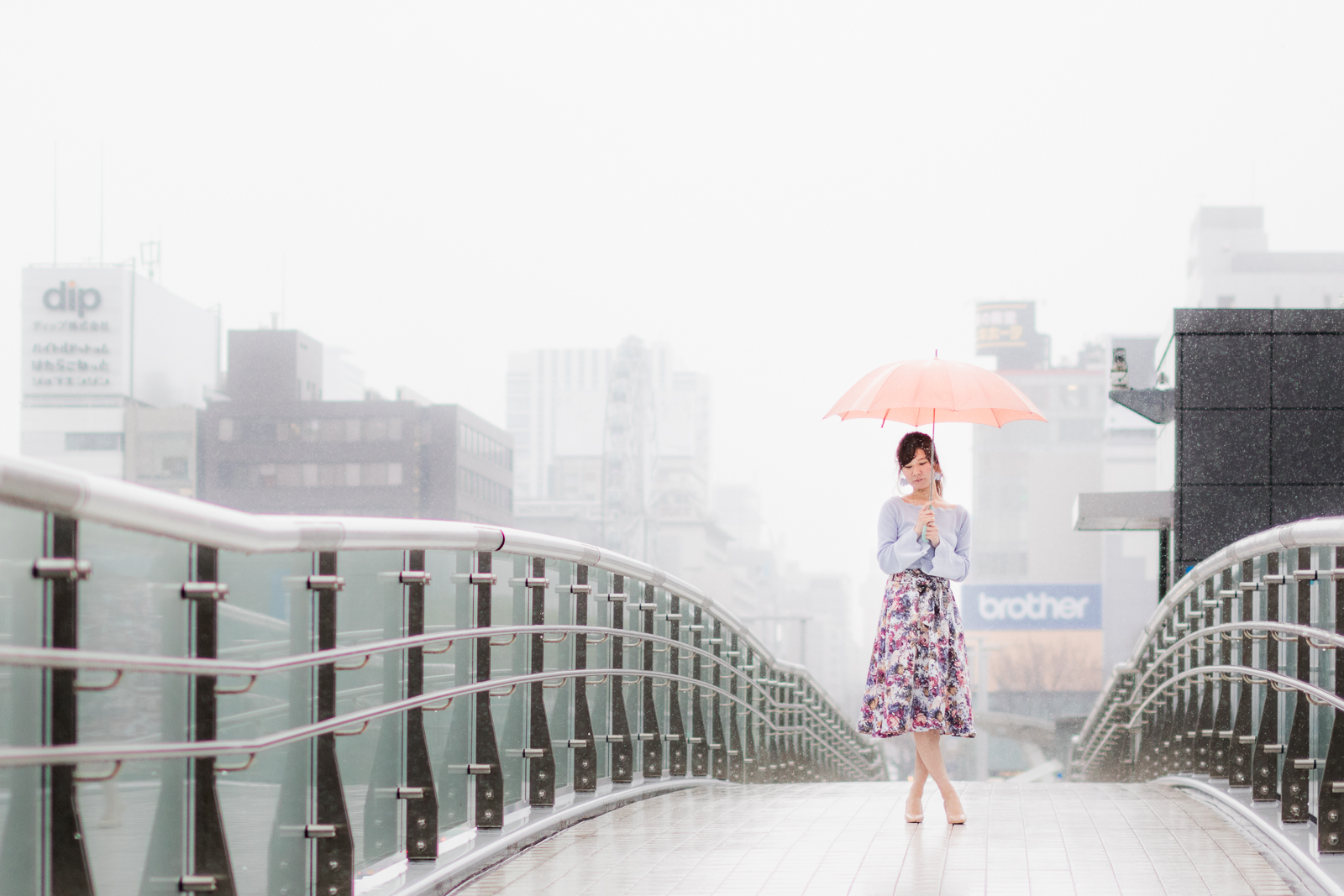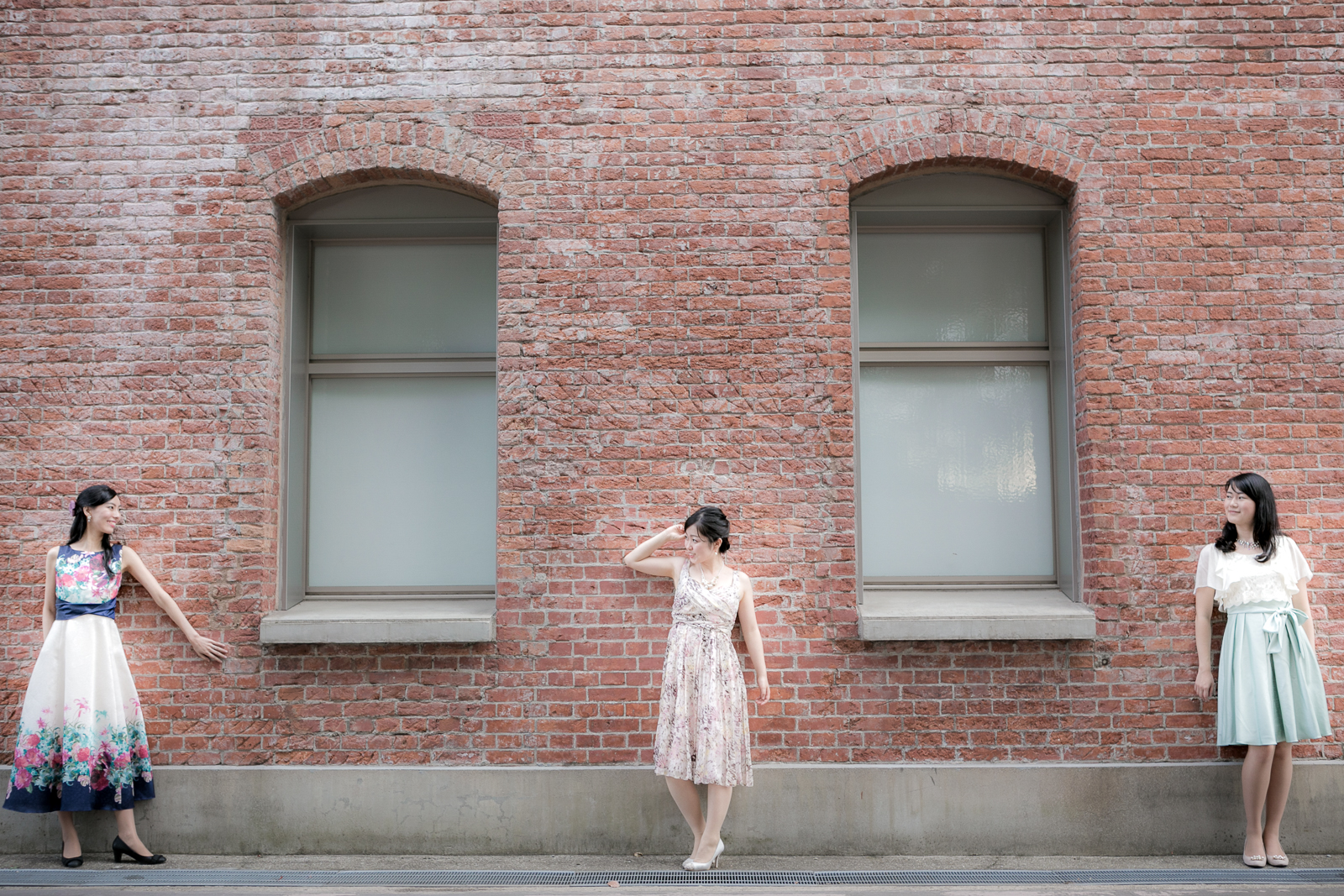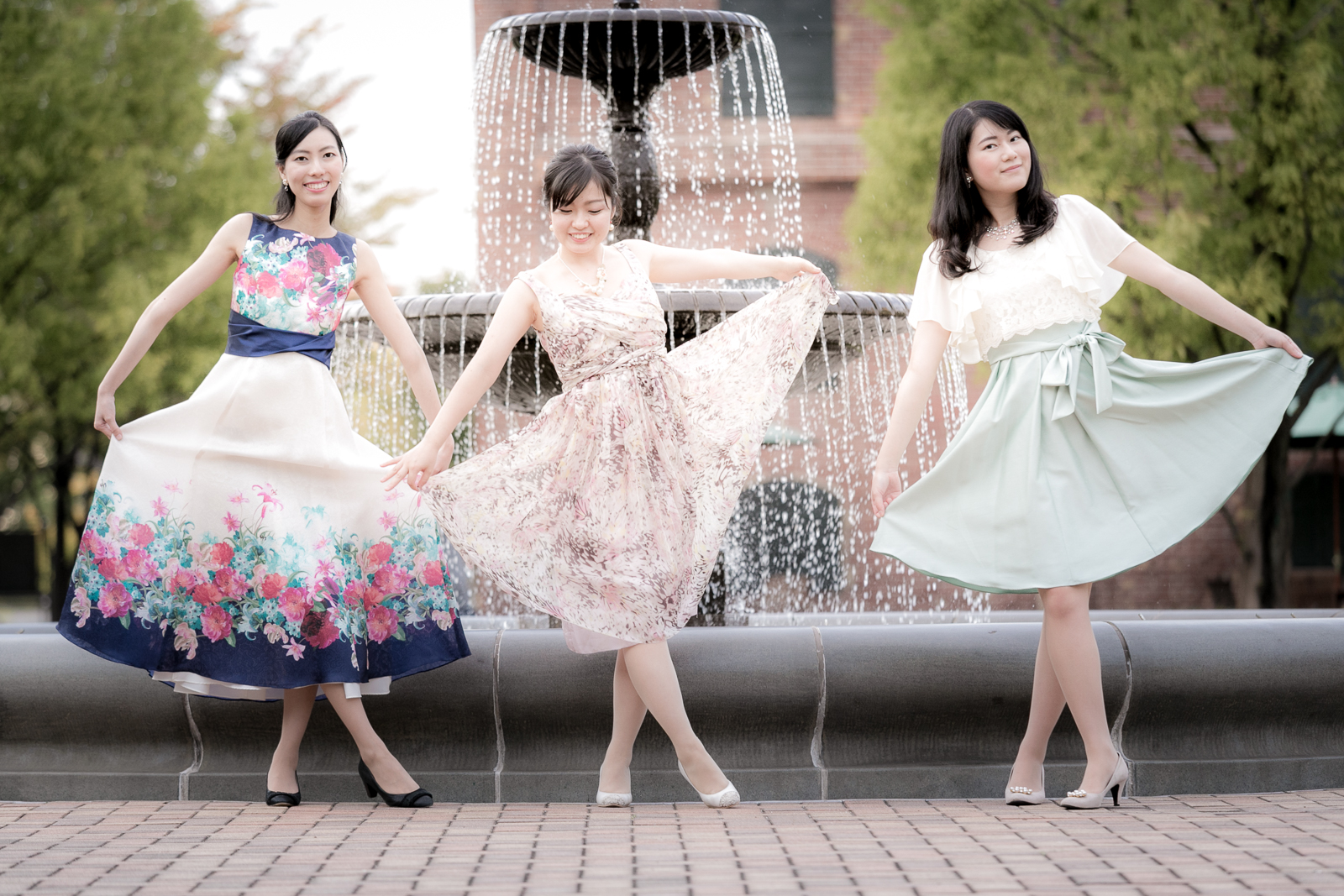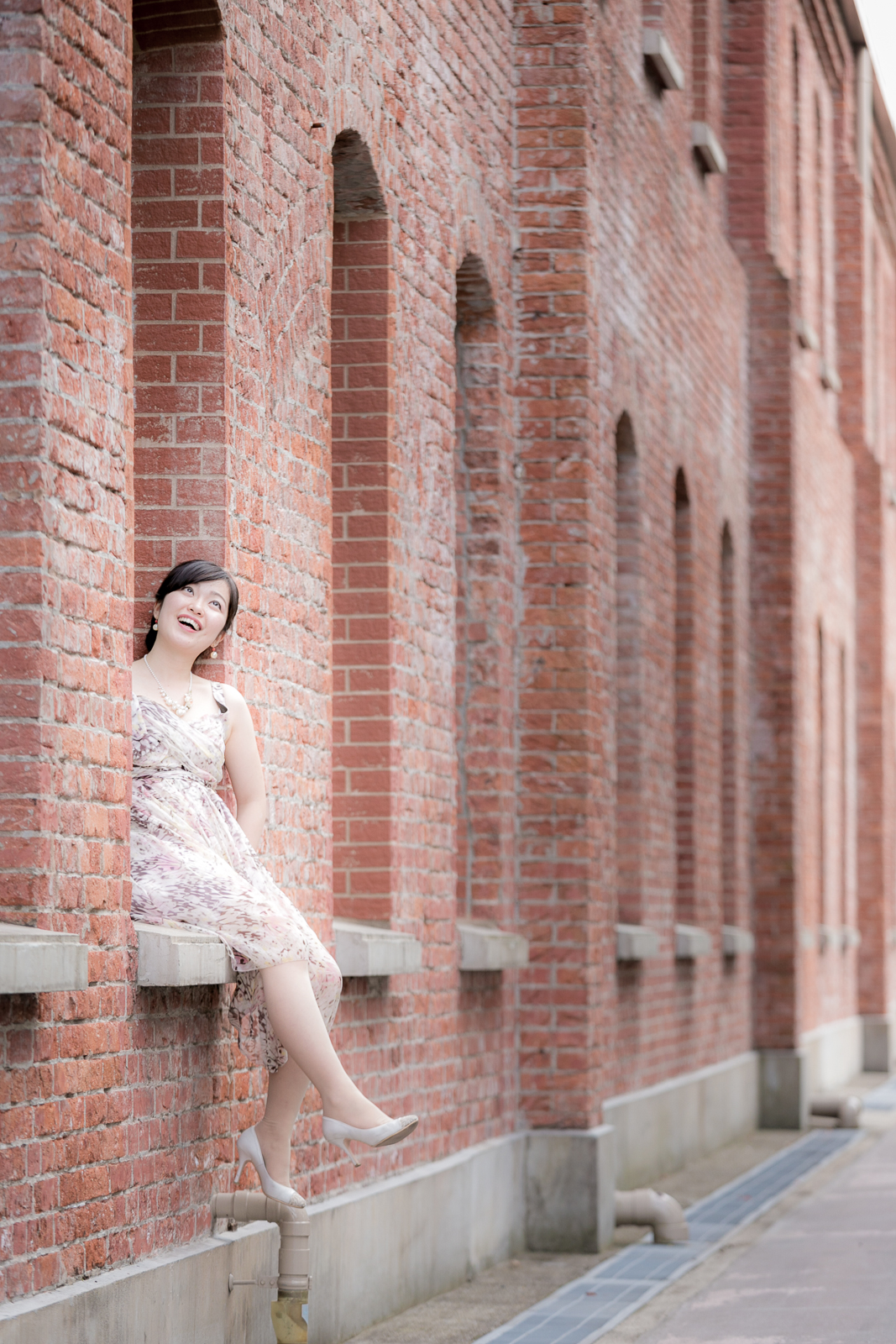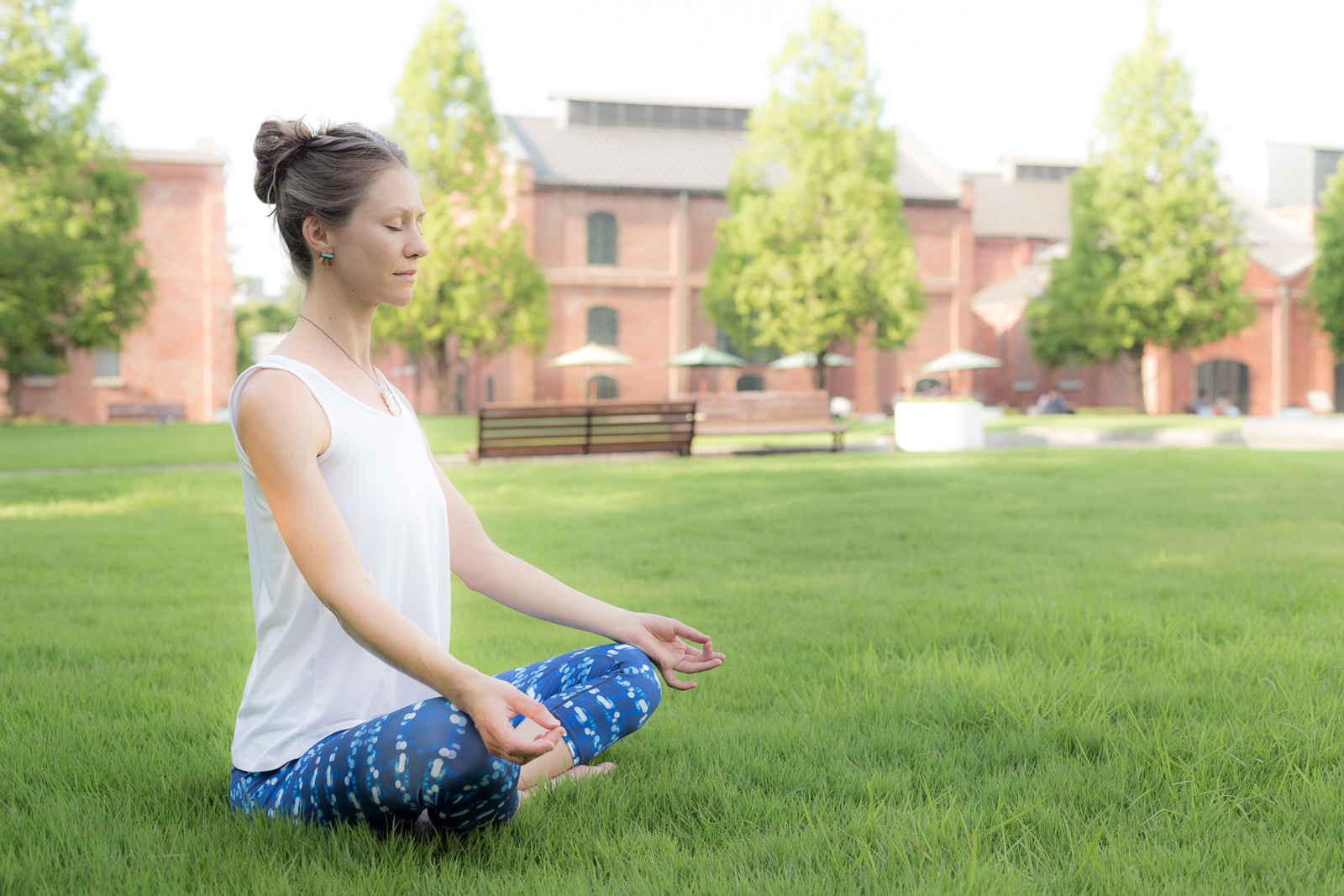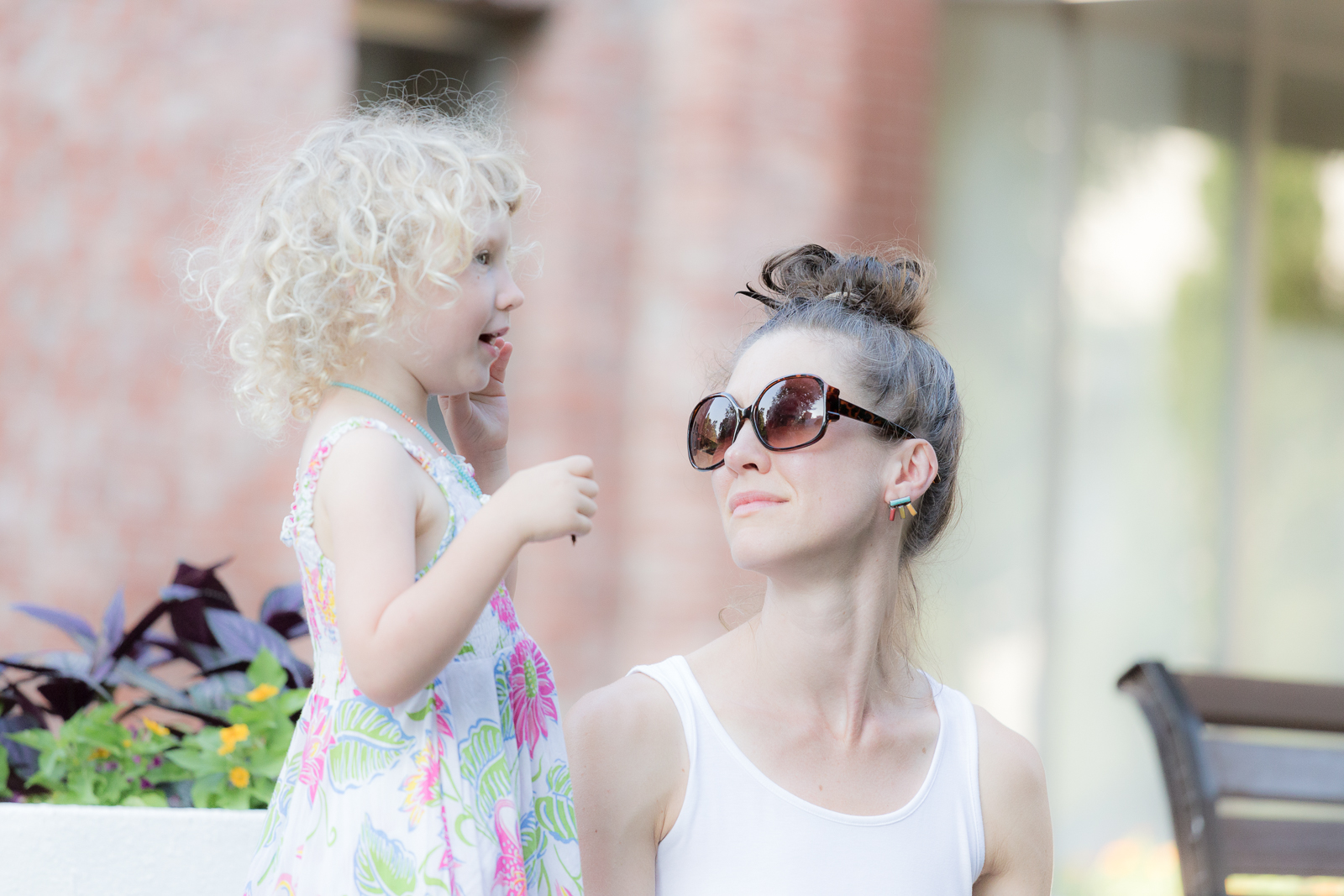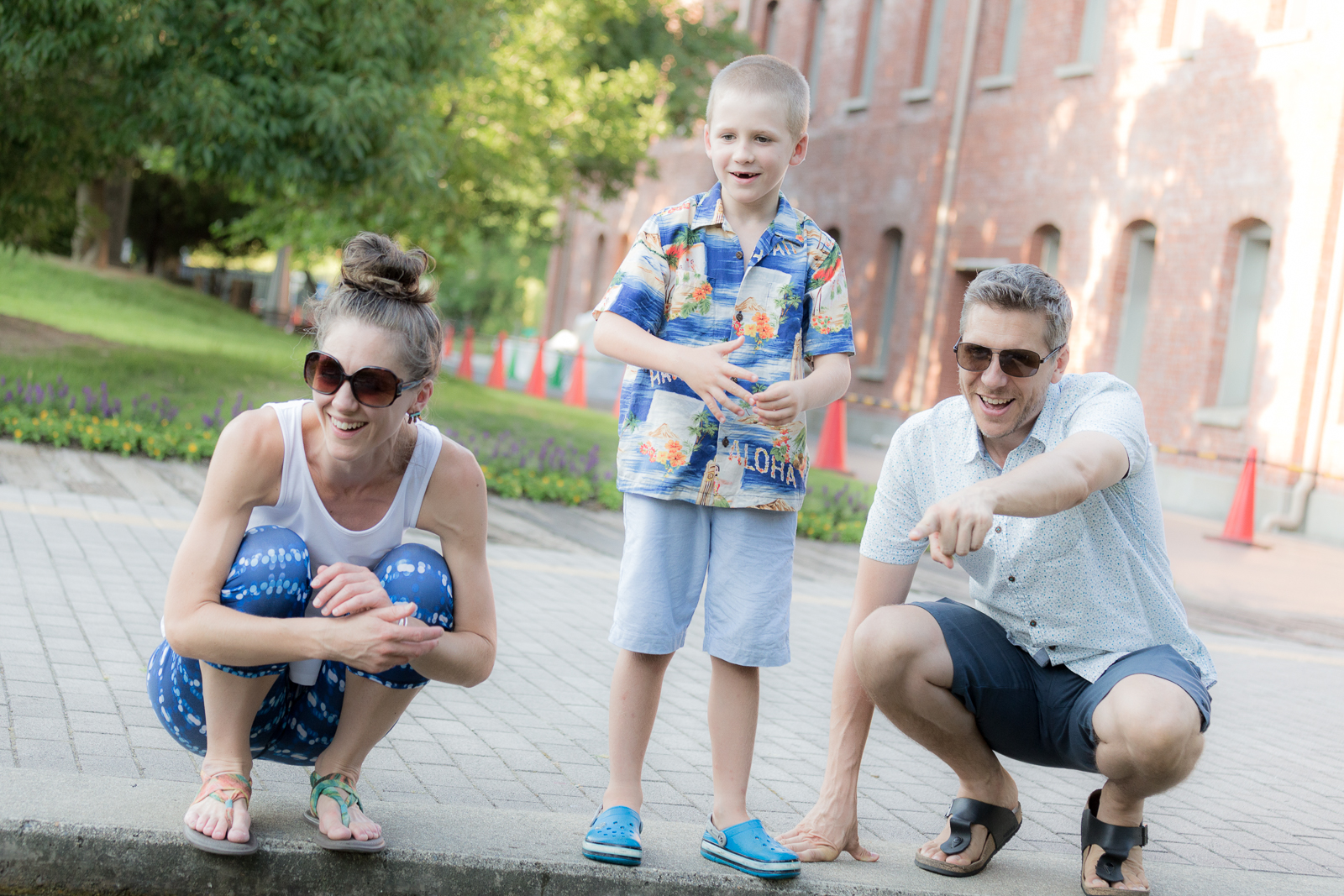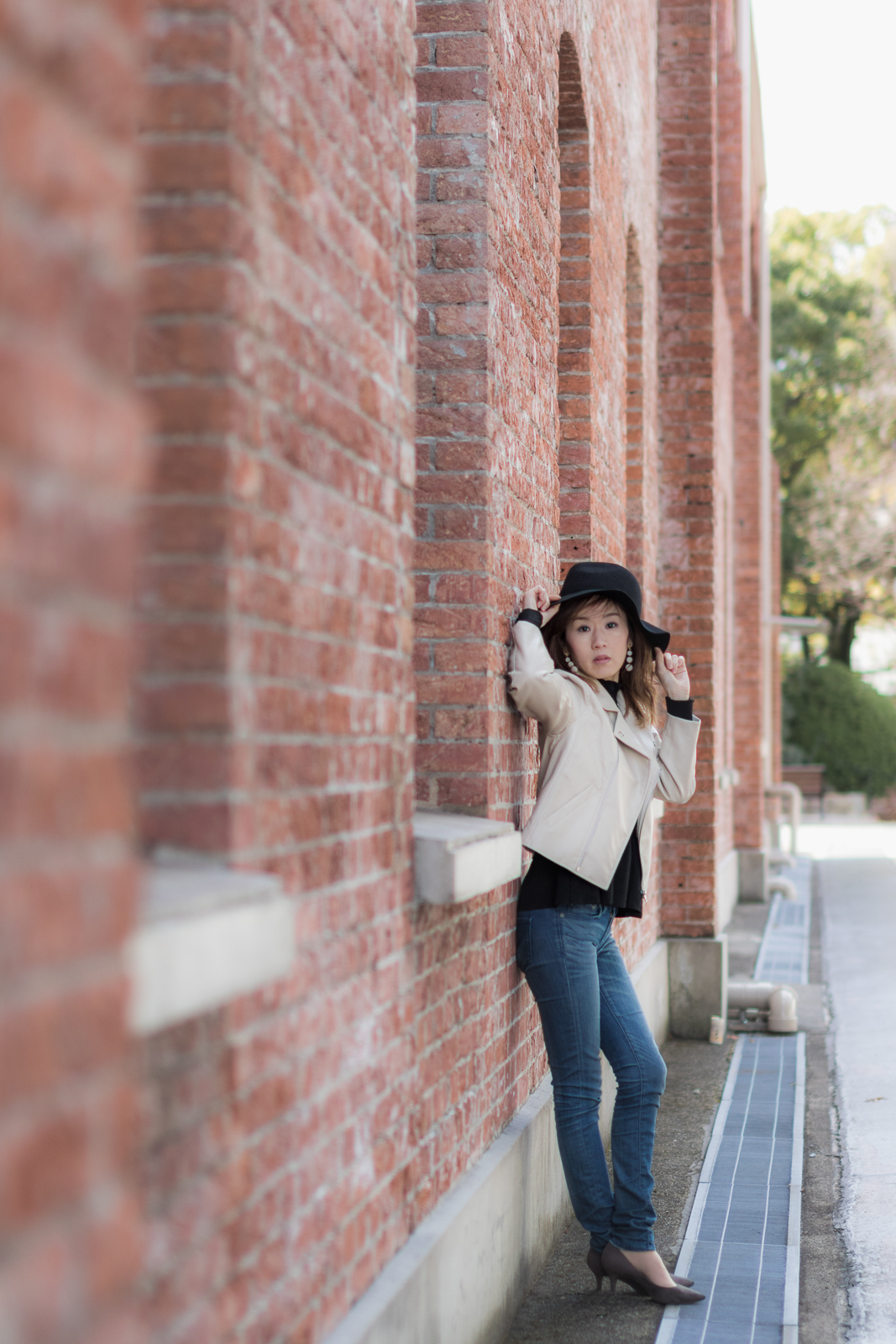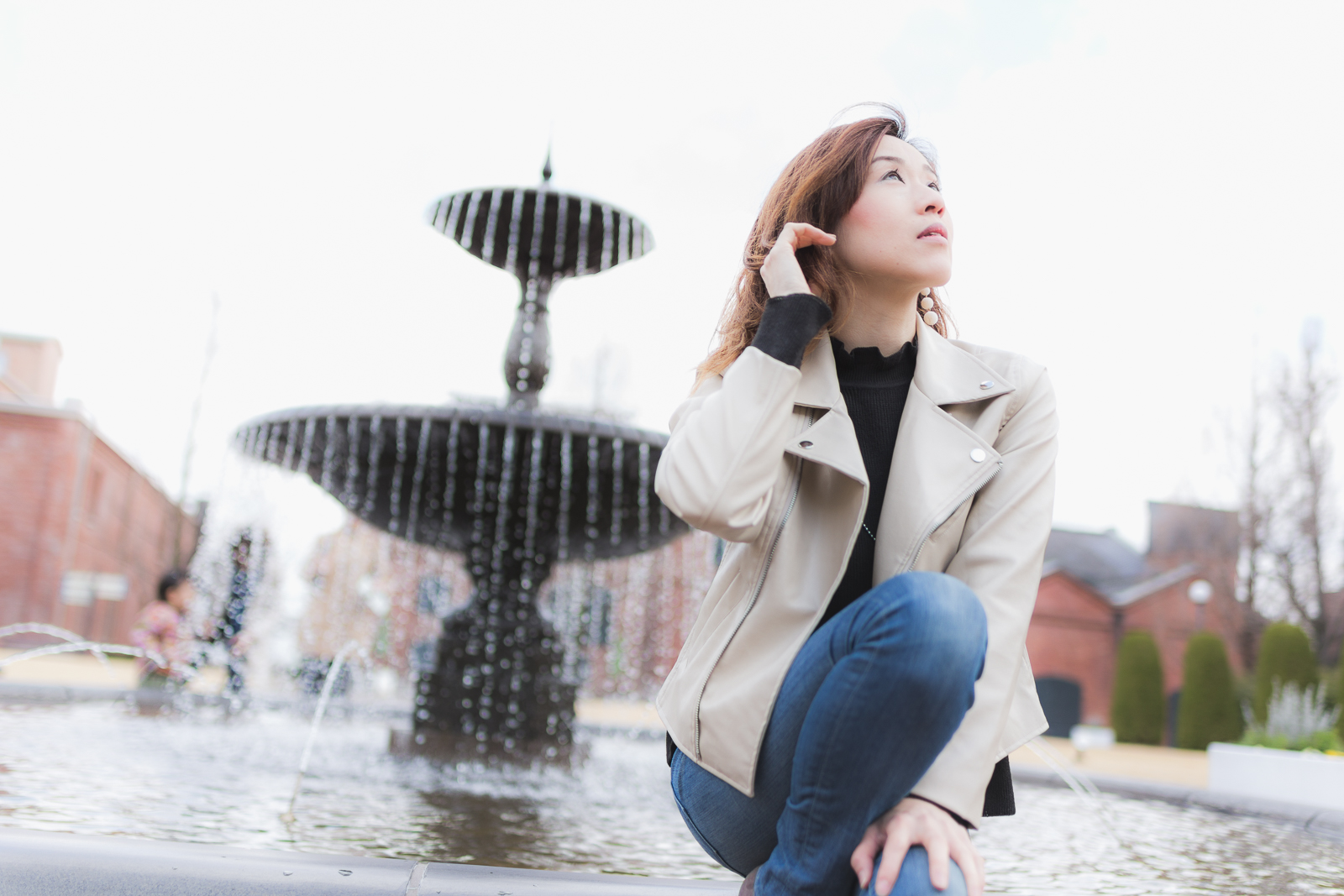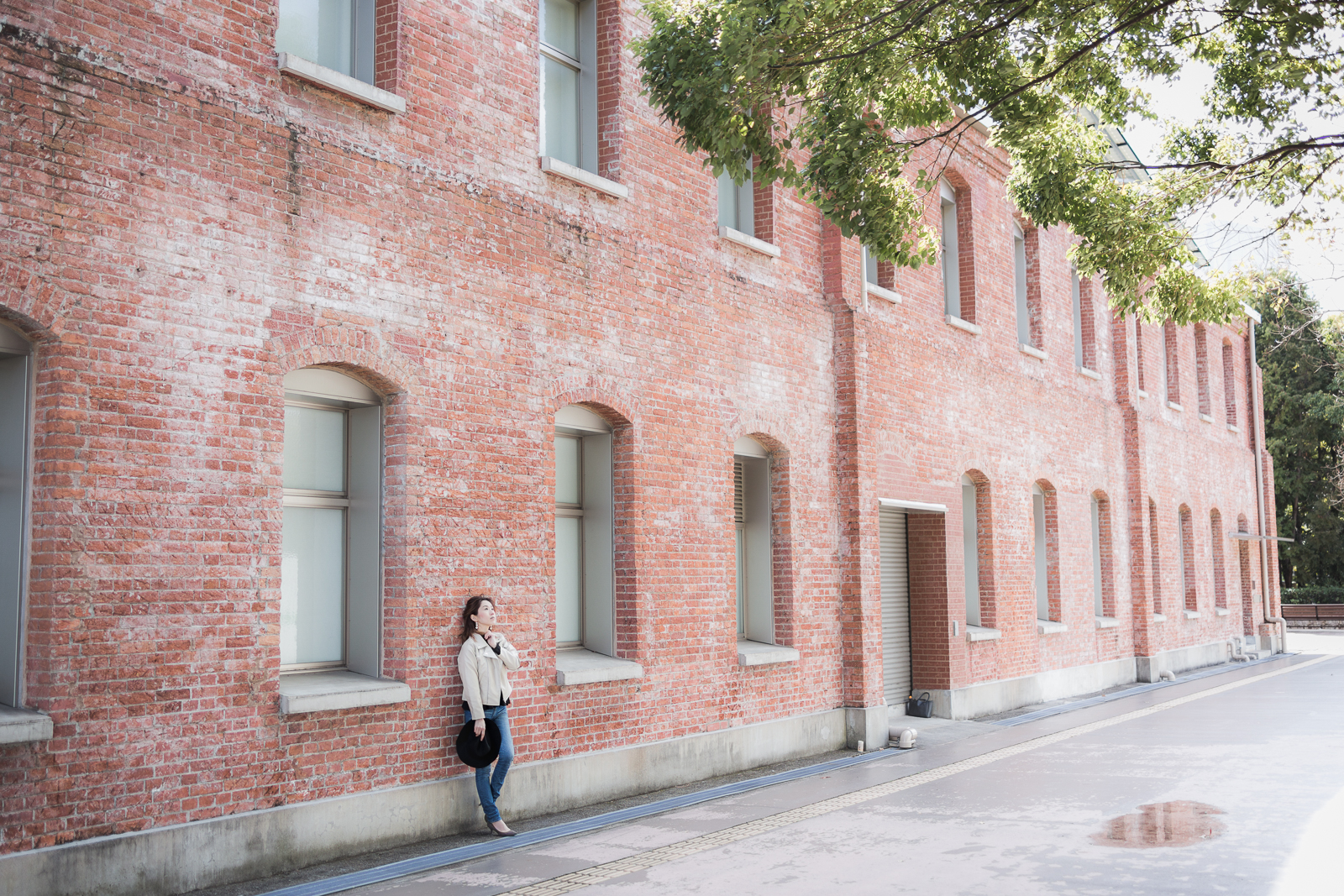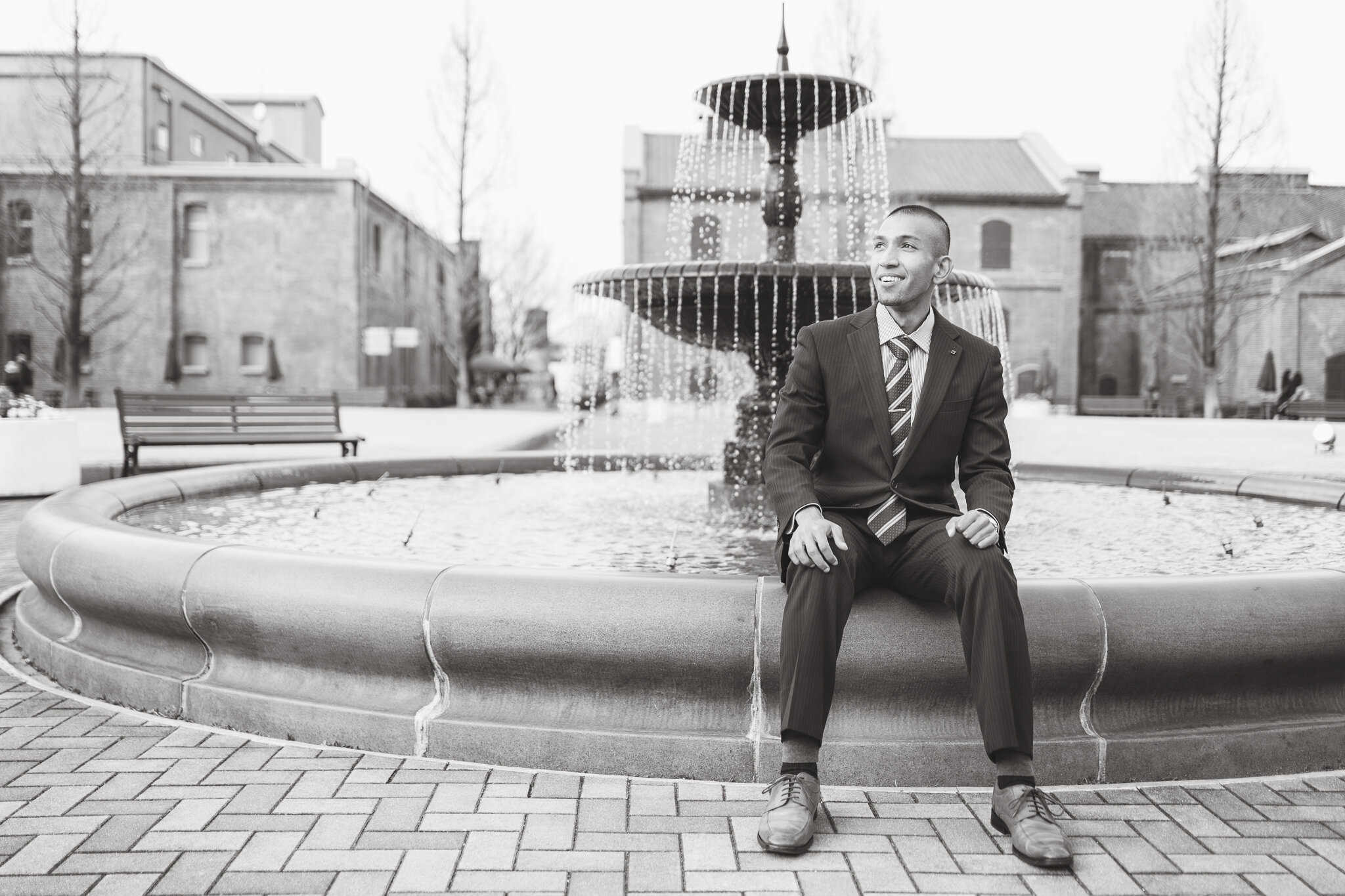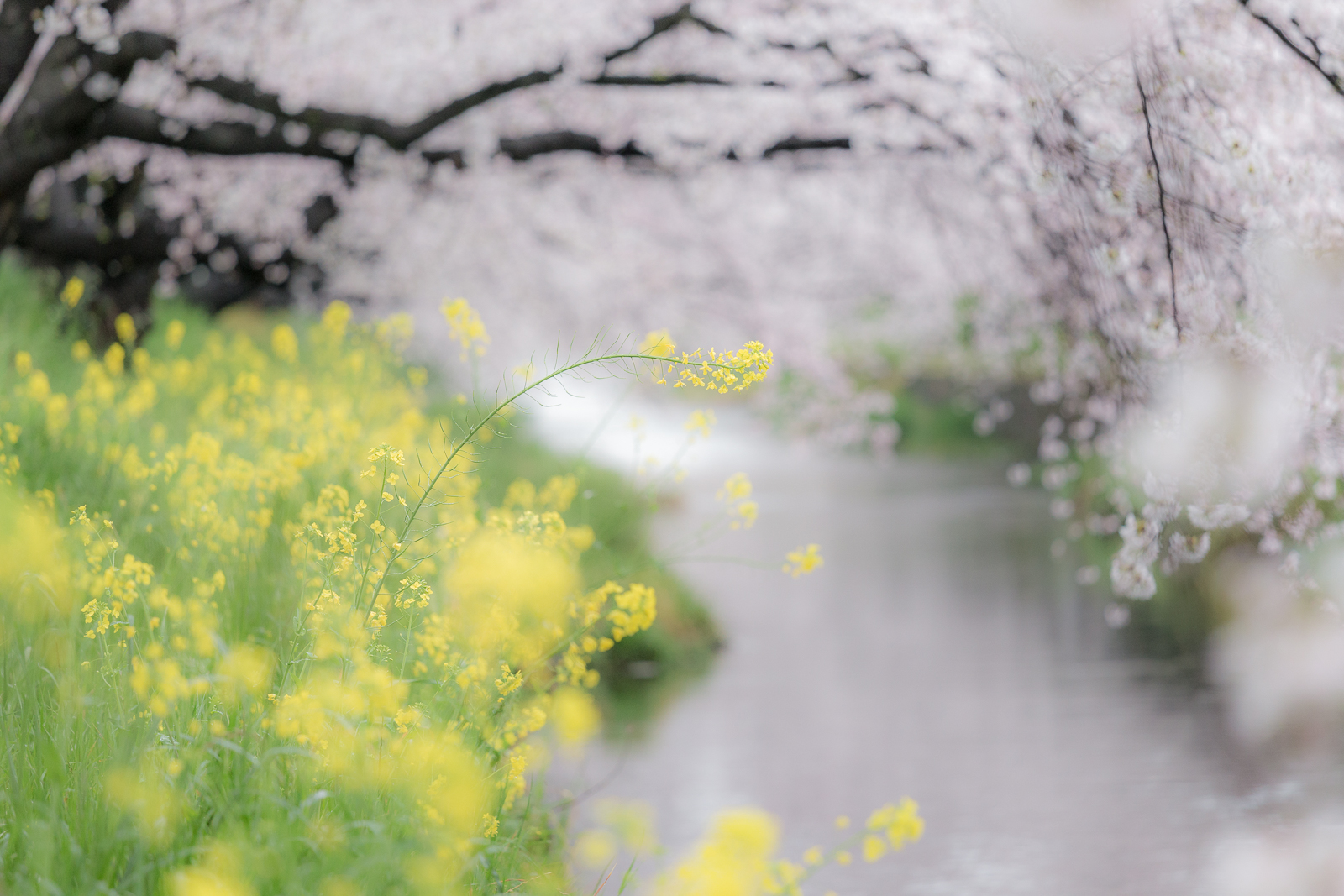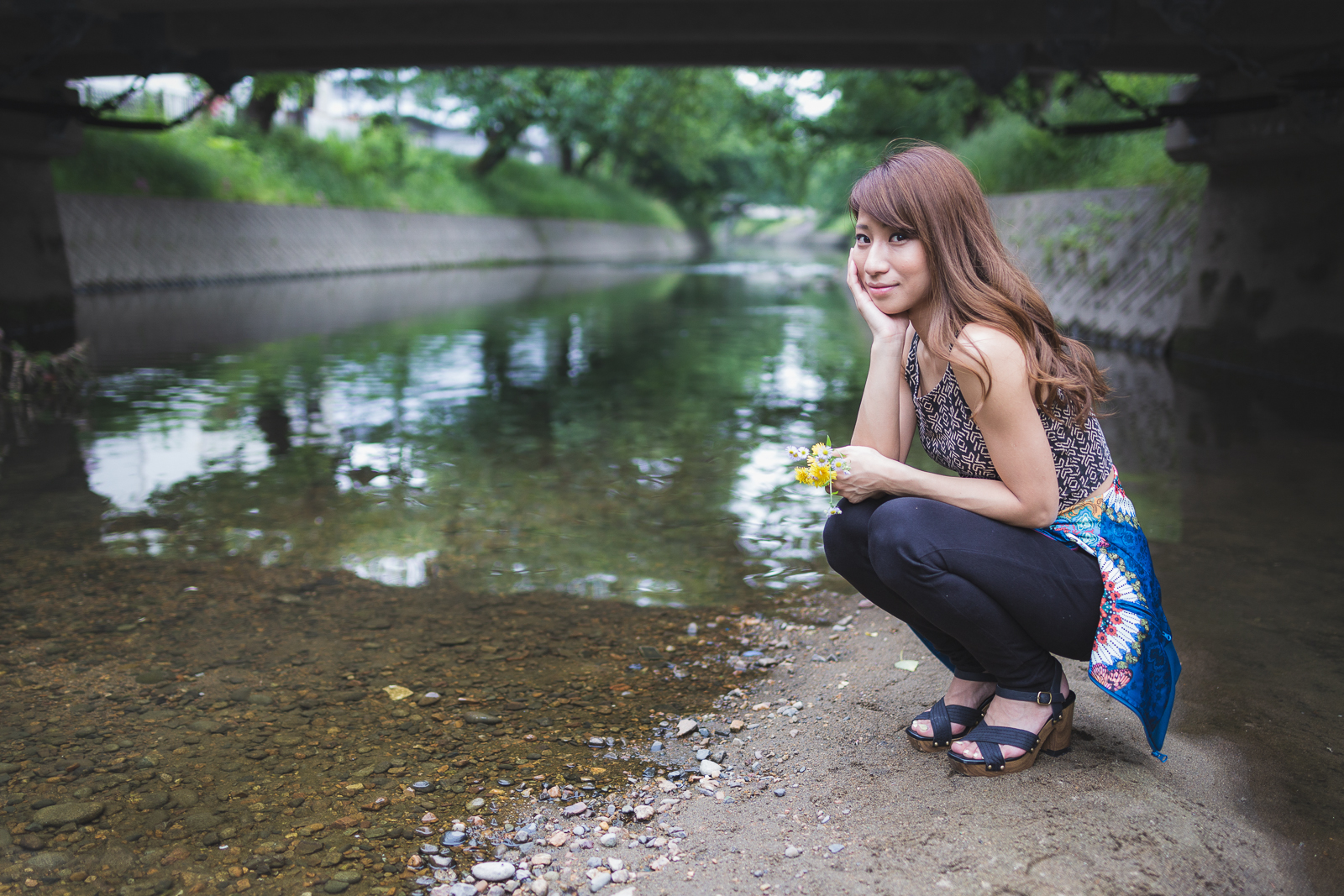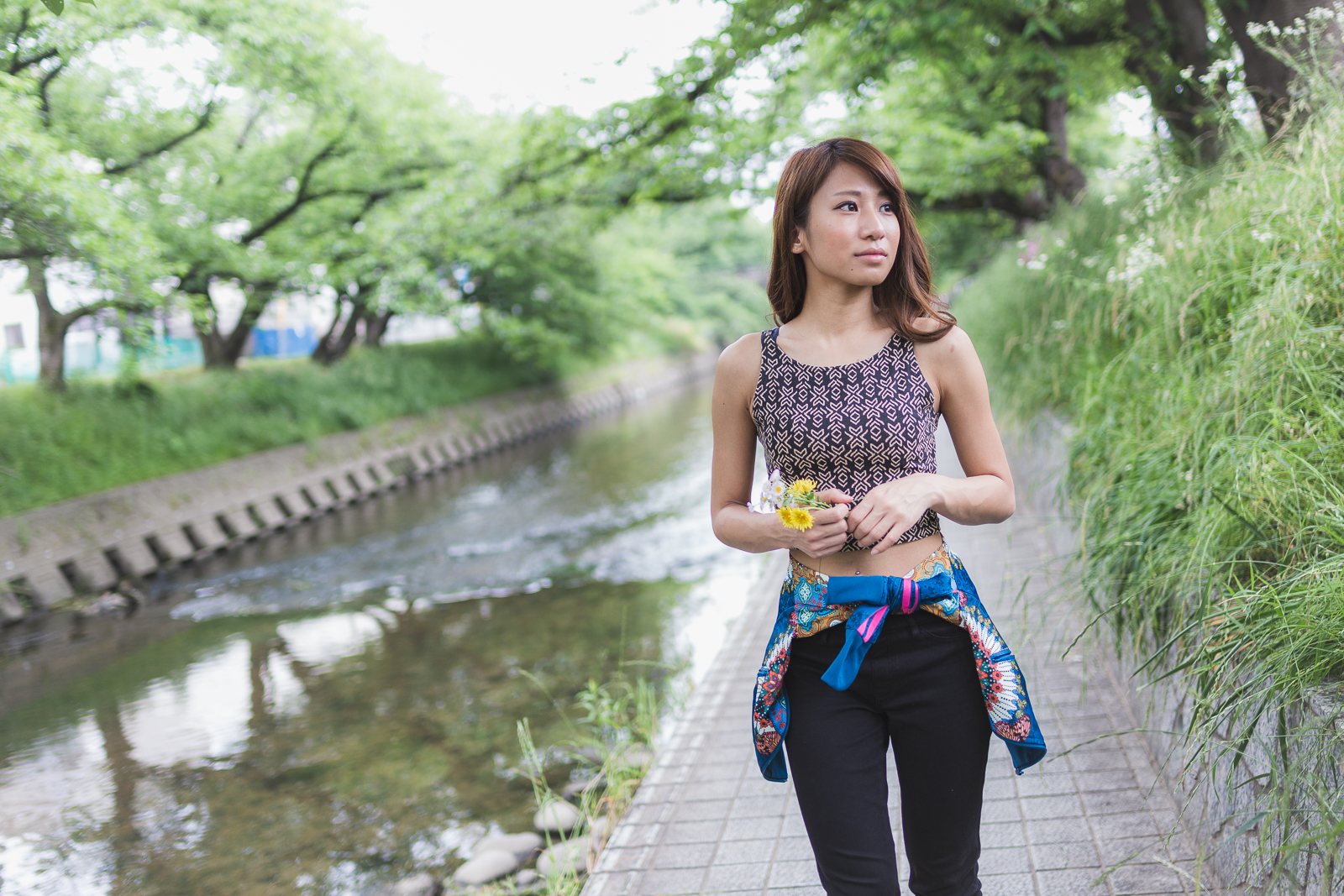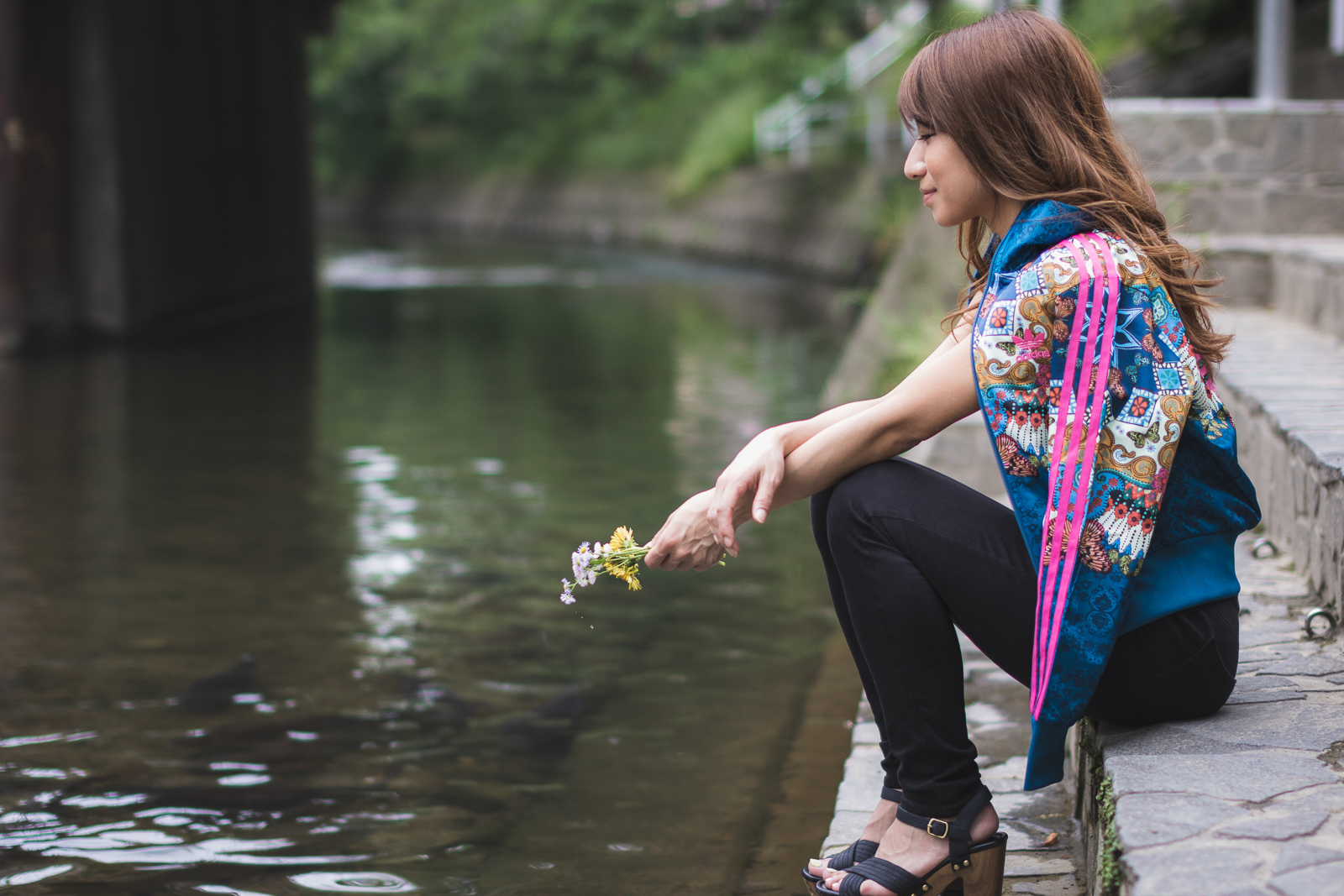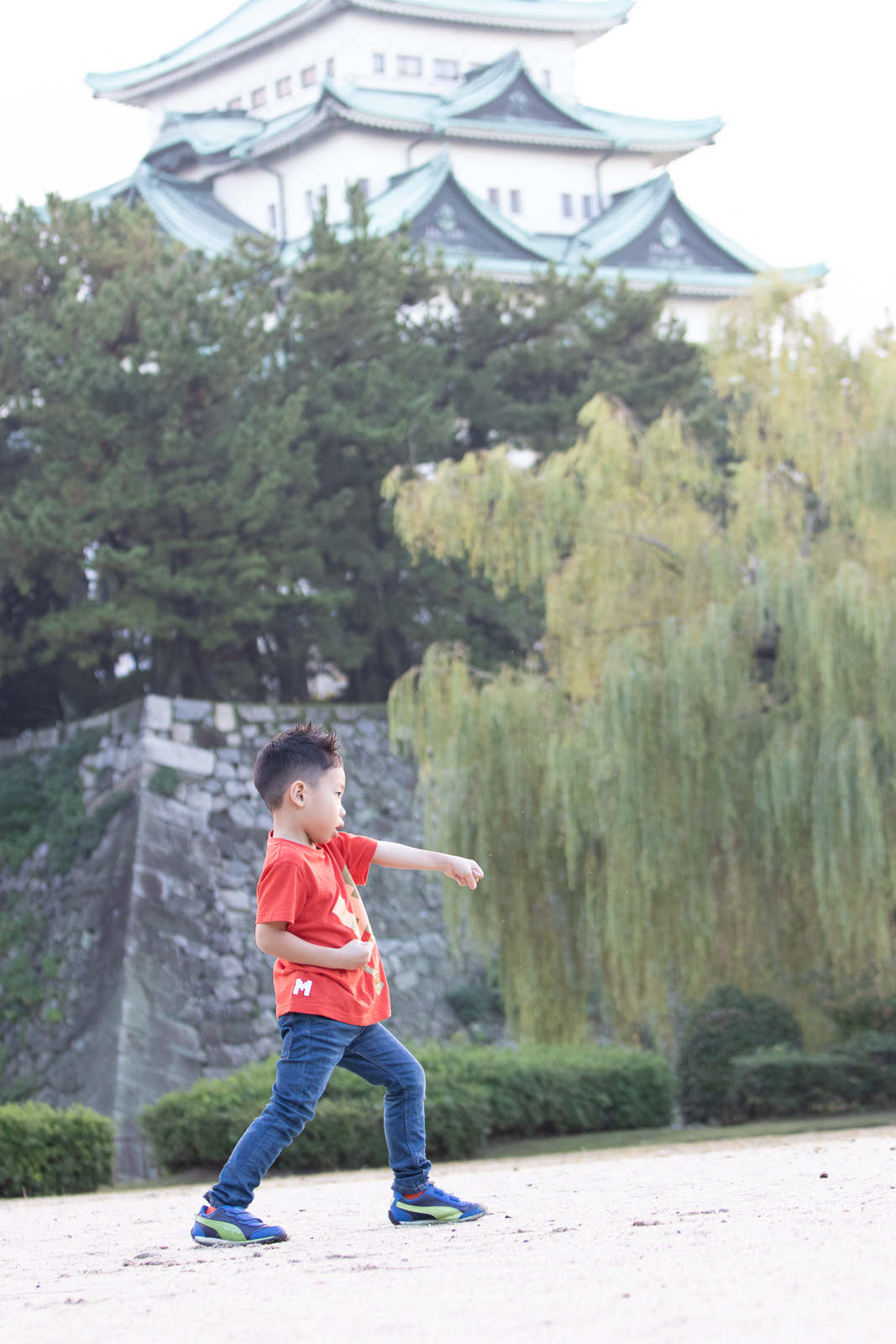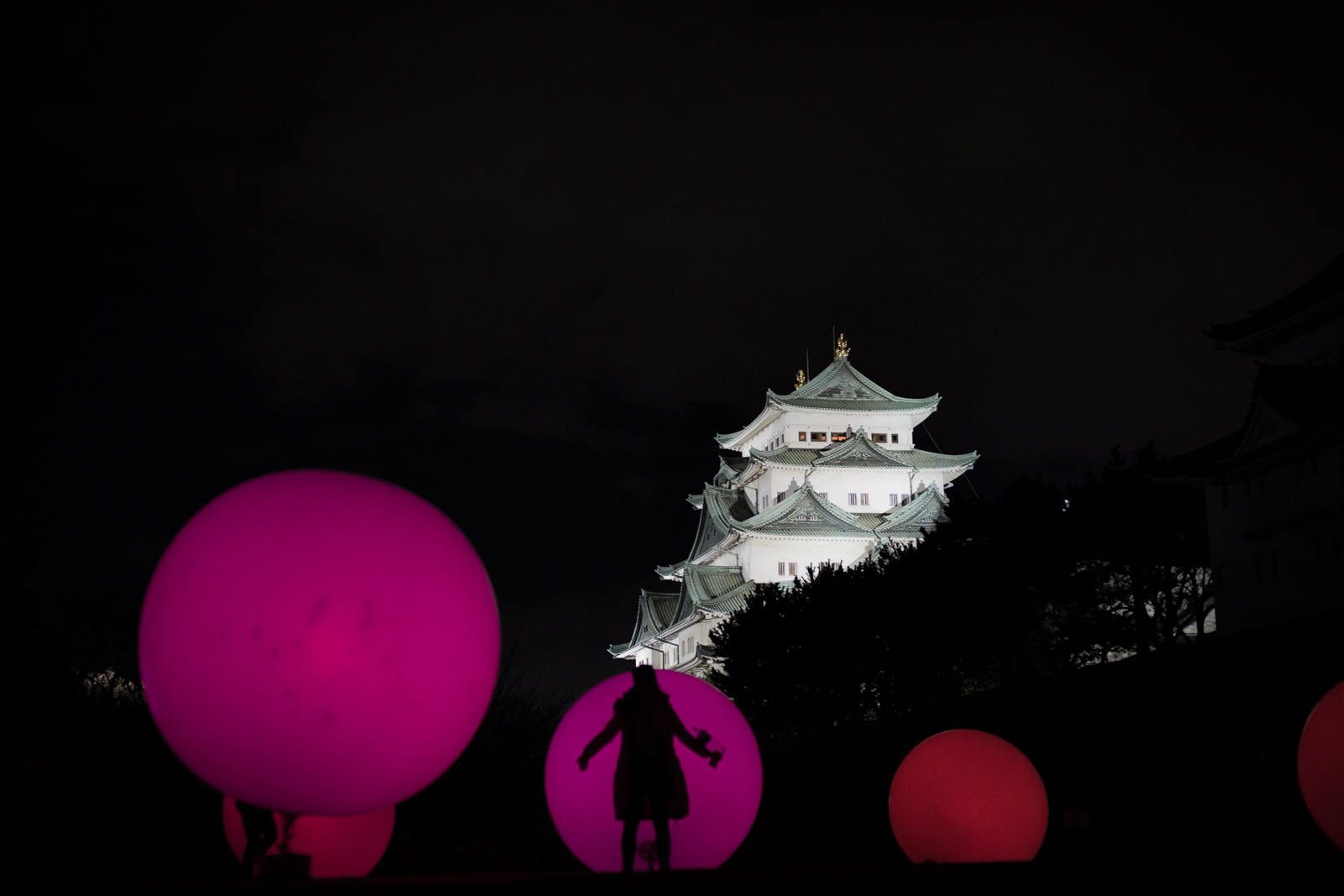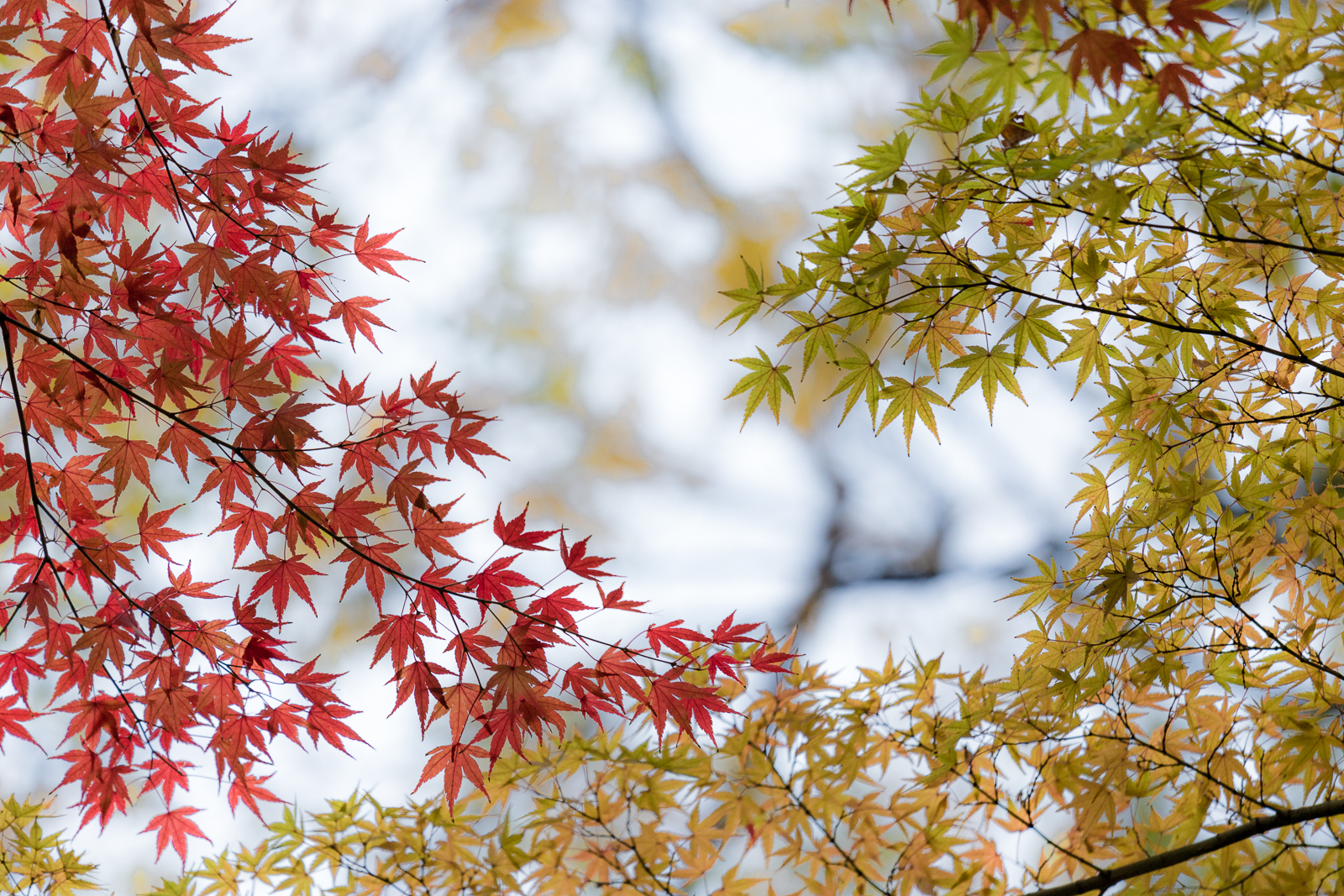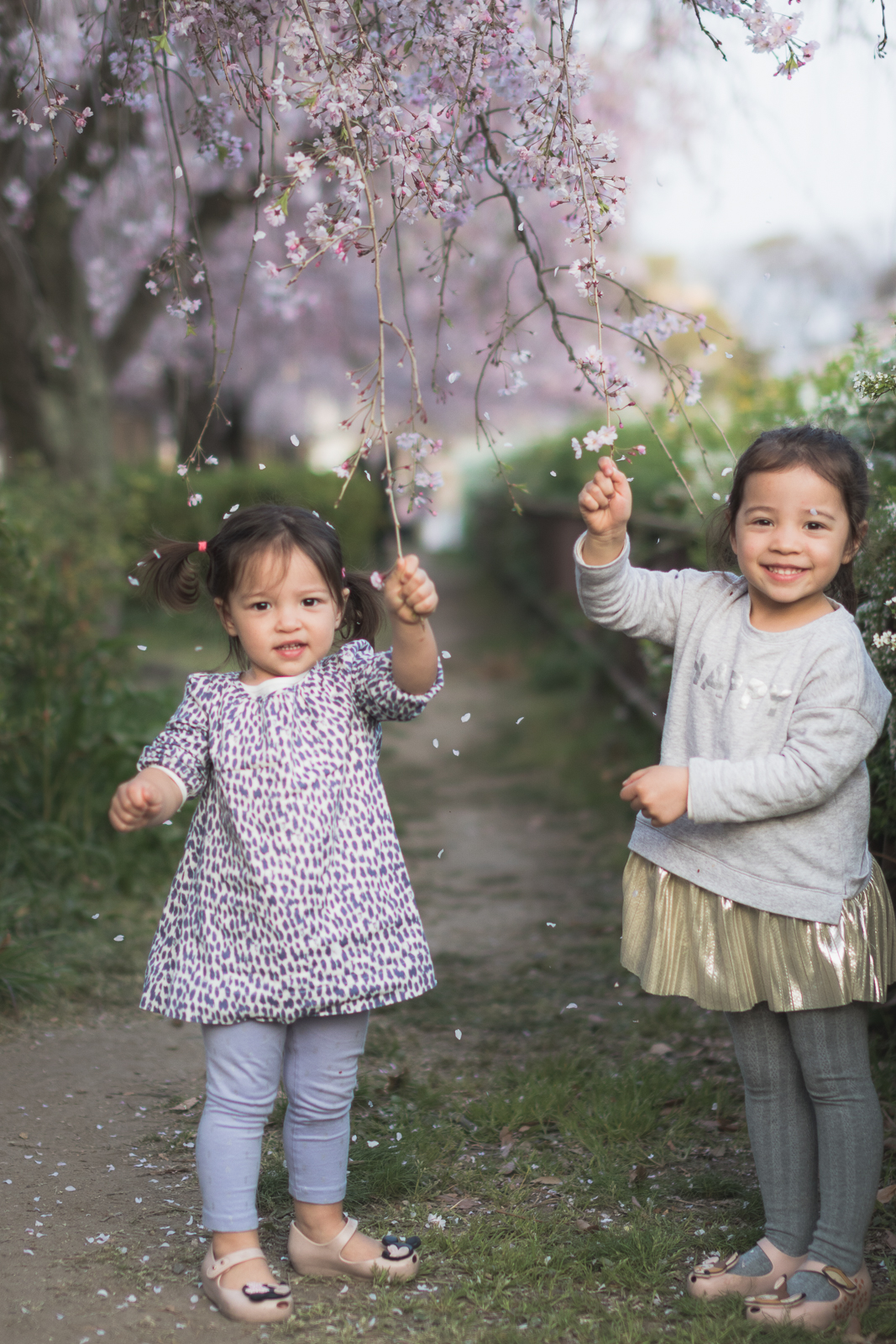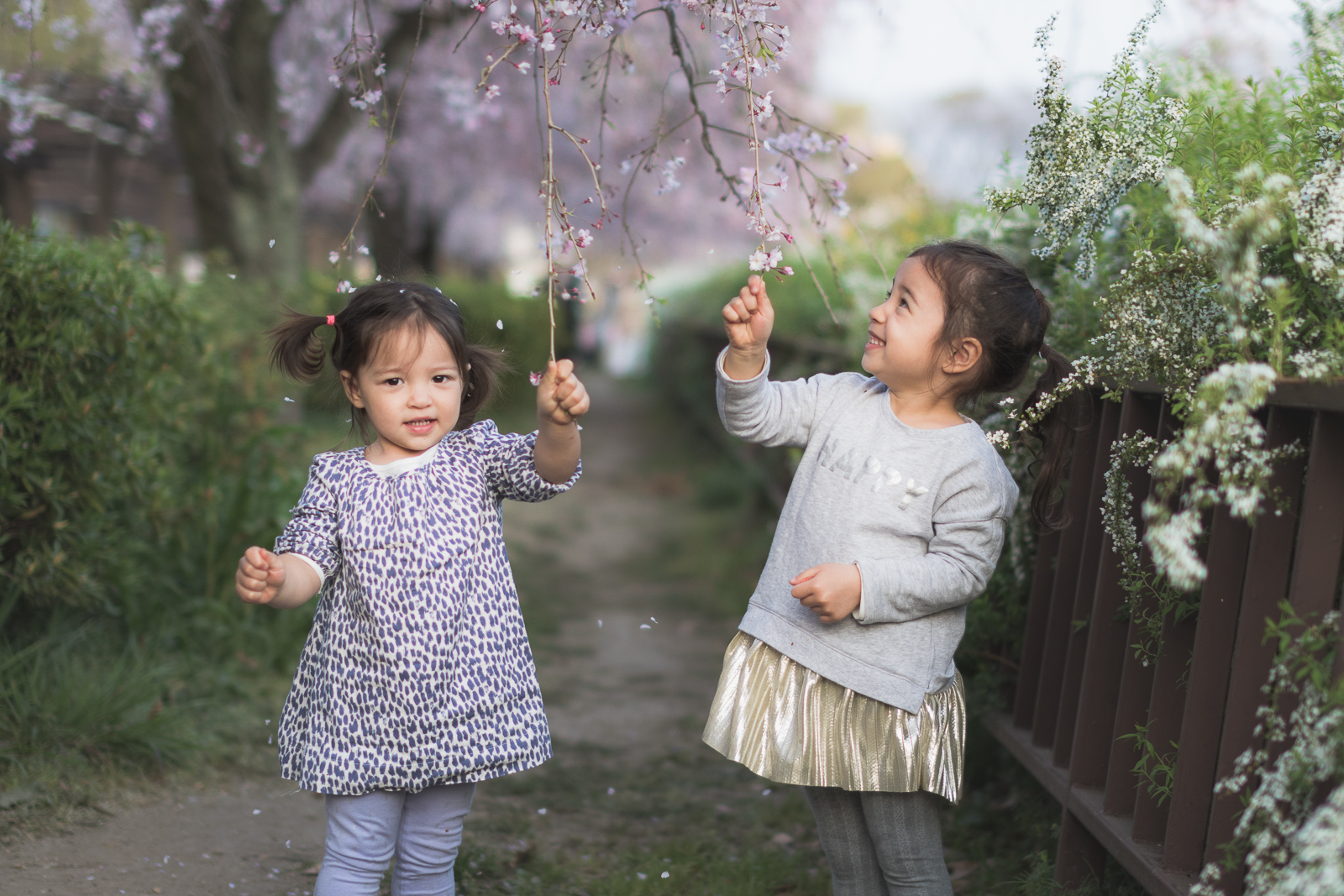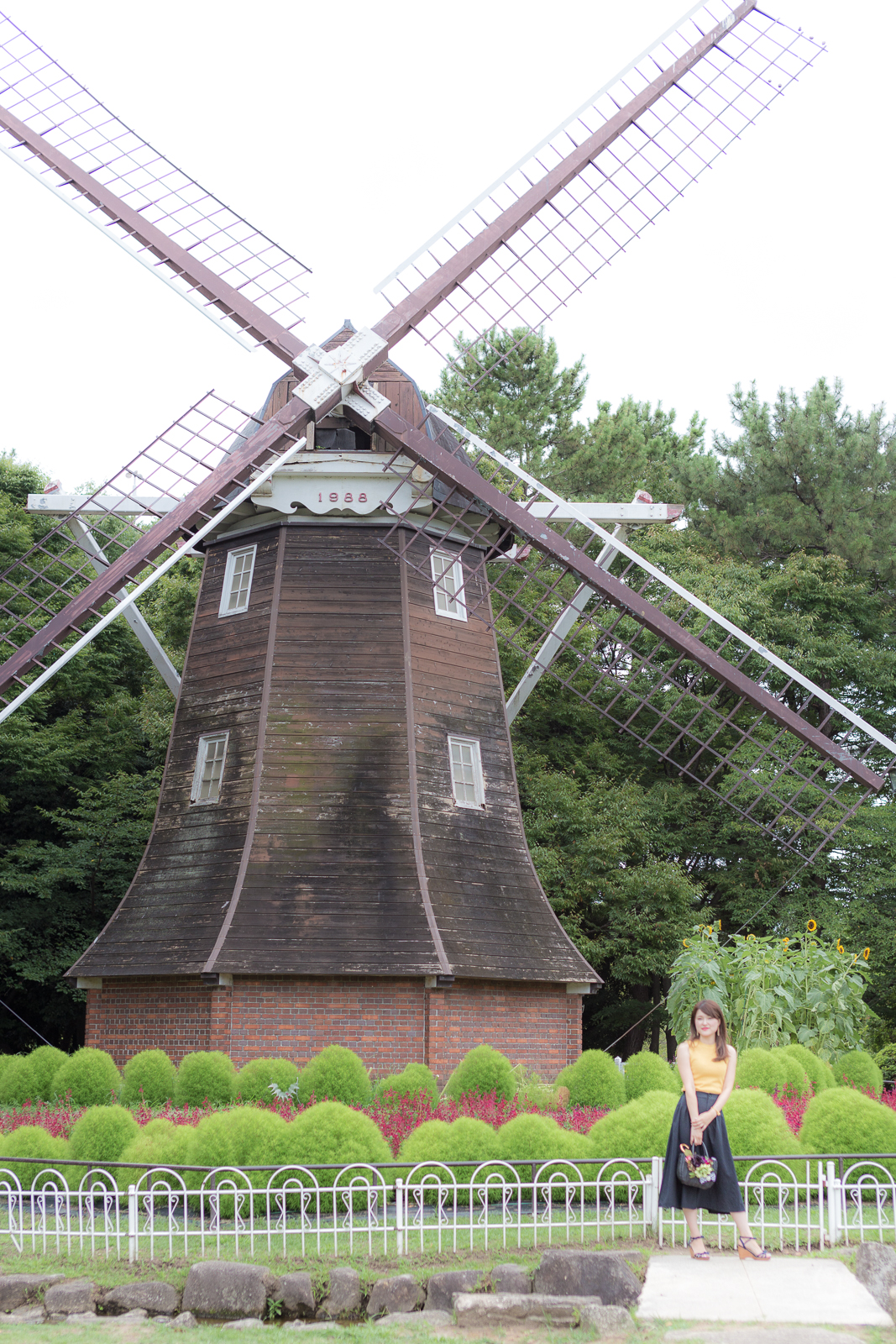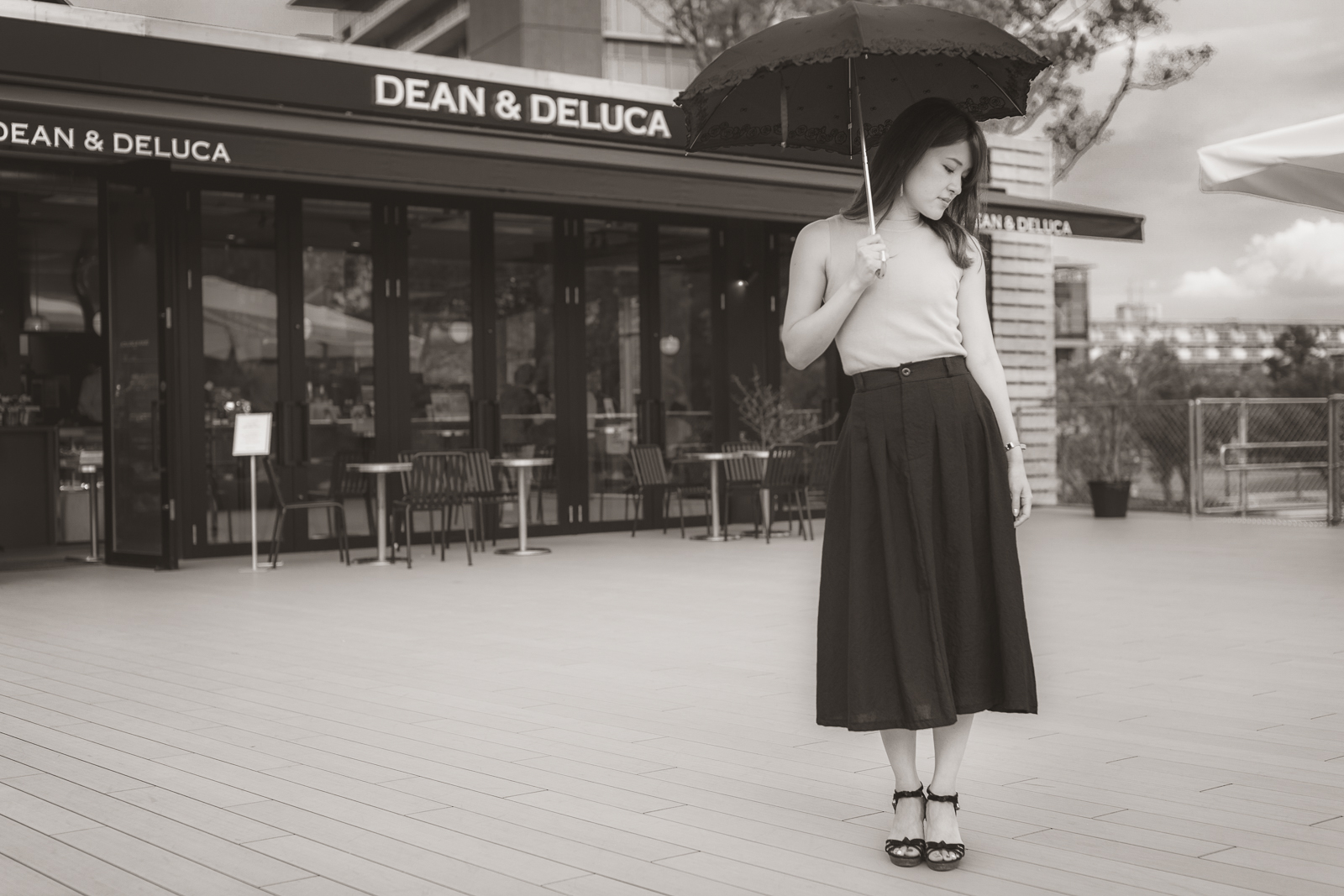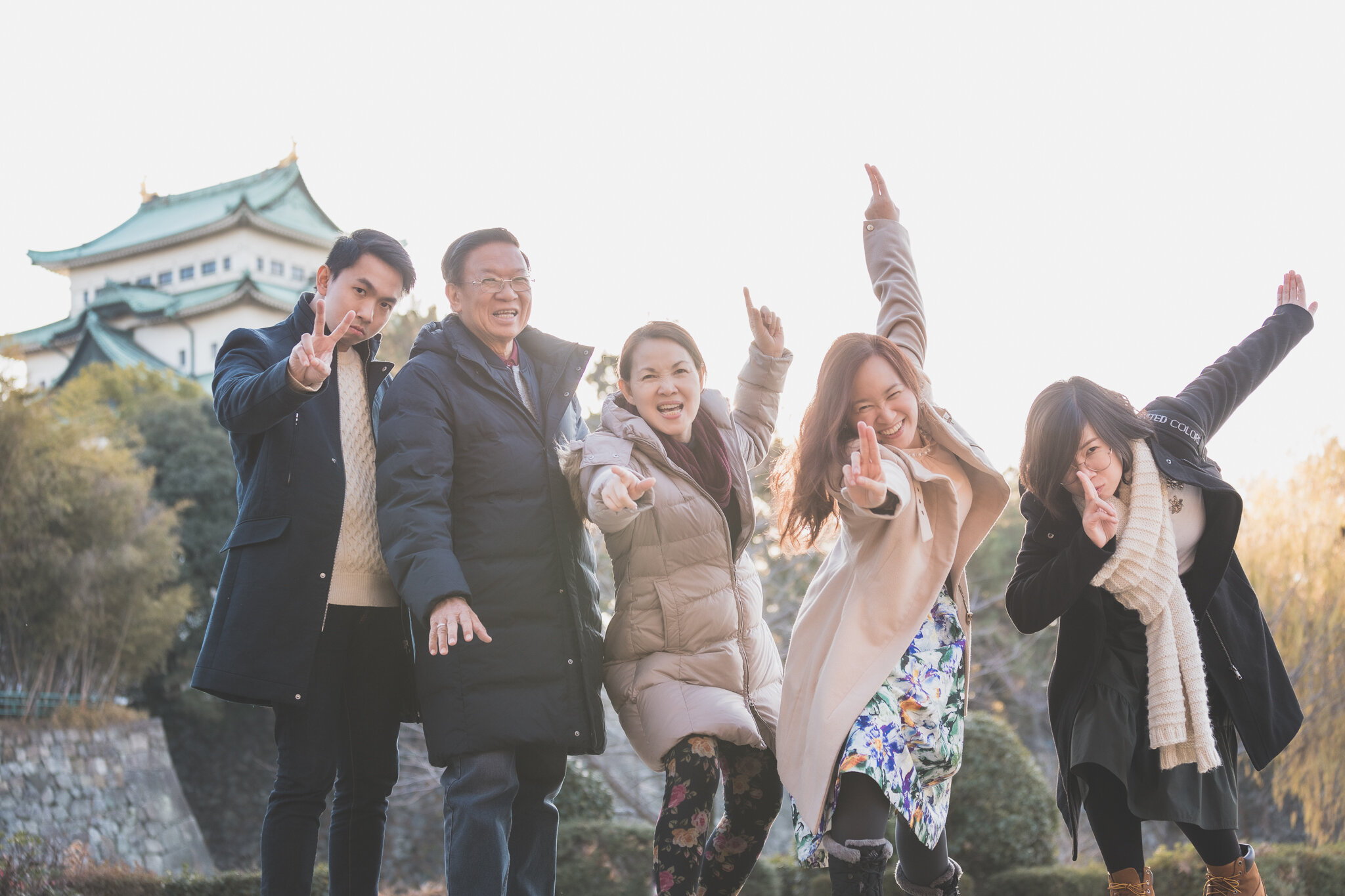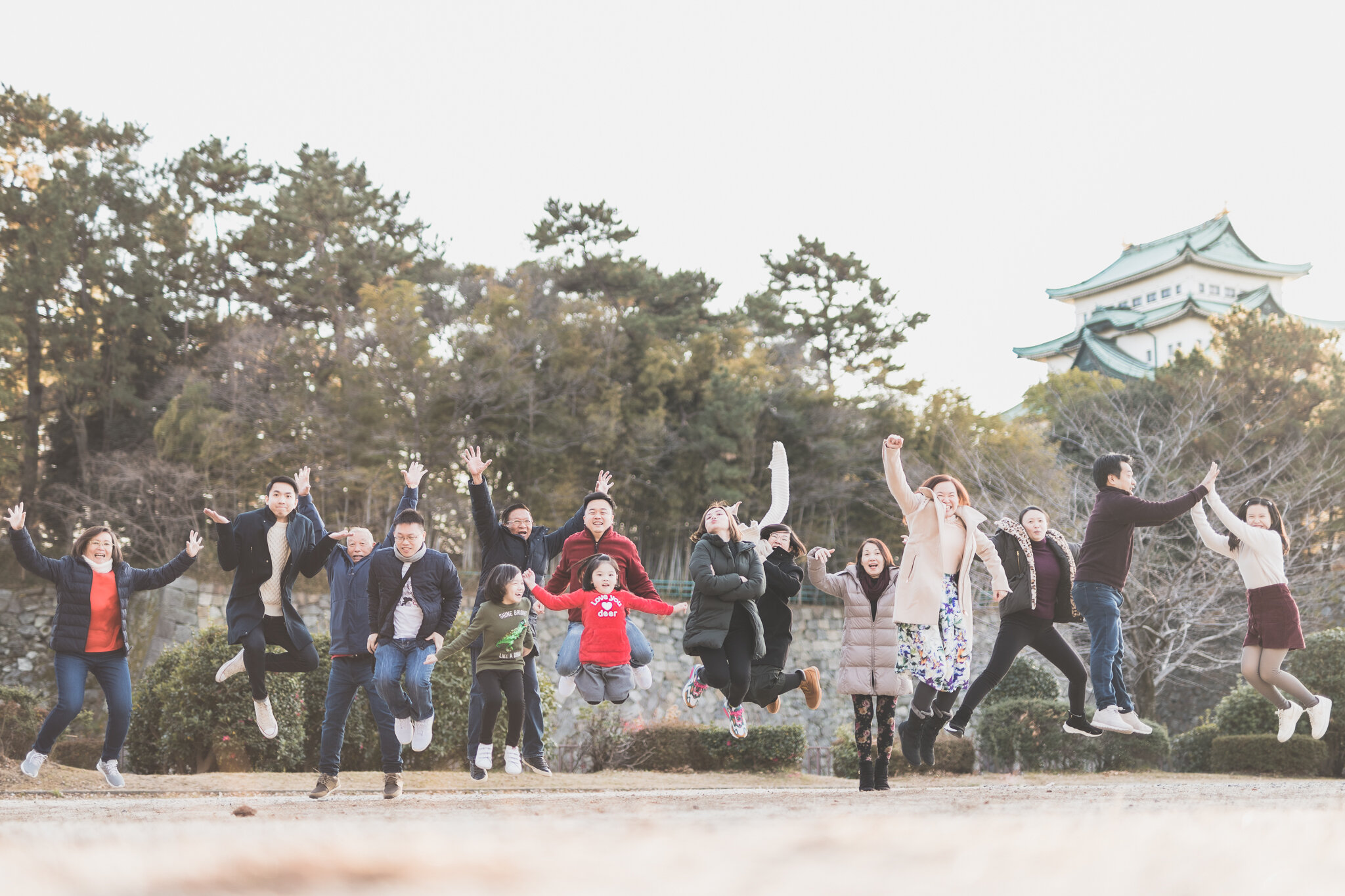GeoffreyGriggsPhotography
An American photographer in Japan.
Welcome to Nagoya!
Nagoya is the largest city in the Chubu region of central Japan, and the third largest city in the country. It has a nice mix of traditional and modern neighborhoods, and there are a variety of options for having your photo taken in a Japanese setting. Here are a few suggestions to get you started:
Osu Kannon (大須観音)is a temple area in Nagoya built around a 400 year old main Buddhist temple, plus several smaller temples and shrines. There is an outdoor shopping arcade where you can buy souvenirs and cheap electronic goods. There are also many snack shops and restaurants where you can find world-class Italian pizza, Turkish kebabs, Brazilian spit-roasted chicken, and a Showa era yakitori shop. On weekends, there are seasonal festivals as well as a monthly bazaar held near the main temple. Osu Kannon is the place to go to see the funkier side of Nagoya.
Shirotori Gardens (白鳥庭園)is a large Japanese-style garden with paths running along the banks of various streams and ponds. There is something to see in every season, including cherry blossoms in the spring, and red maple leaves in the fall. Shirotori Gardens is the place to go for a photo shoot in the midst of Japan’s natural beauty. You could even rent a kimono or yukata to wear for the shoot.
Sakae (栄)is a business and shopping area in downtown Nagoya. Central Park, which runs through the heart of Sakae from north to south, hosts festivals and events on weekends, and is also a good place to have a coffee and people watch, or enjoy the lit up TV Tower at night. There are also many restaurants, department stores and shops, as well as Oasis 21, where you can take a stroll around an elevated water pond and enjoy the great views of downtown Nagoya. Sakae is a great place for a fashion shoot!
Noritake Garden (ノリタケの森)is the site of the former factory grounds for the Noritake ceramic company, which is one of the leading ceramic makers in Japan. It has been converted into a park area with a craft center, a restaurant and a museum. The old brick factory walls and green lawns make a great backdrop for photos, as does the fountain in the middle of the park. Once you step inside the Noritake Garden grounds, you might feel like you are in Europe, rather than Asia, and it’s a nice place to take a break from the hustle and bustle.
Gojo River (五条川)is famous for it’s cherry tree lined river walk. In spring, when the cherry blossoms are in bloom (usually late March to early April), there are food stalls along the river, and spring festivals. The combination of light pink cherry blossoms and bright yellow rape blossoms along the river bank make a great backdrop for photos! And, it’s even lit up at night. Drinking outside is OK in Japan, so you can enjoy some sake or a beer as you walk along under the cherry trees.
Nagoya Castle/Meijo Koen Park (名古屋城/名城公園) Nagoya castle was originally built in 1612, but was largely destroyed during the Second World War. It was rebuilt in its present form in 1959. The views from the top of the castle are impressive, as are the castle grounds and grass covered mote around the castle. Next to Nagoya Castle is Meijo Koen Park. Meijo Koen is a great place to catch the cherry trees in spring, and the fall colors in autumn. You could rent a kimono or yukata and have your photo taken with the castle in the background! The Tonarino shopping complex is also in Meijo Koen. It hosts coffee shops, like Starbucks and Dean and Deluca, as well as wood decks where you can sit and enjoy a coffee while taking in views of the park.
These are just a few of the many parks and city areas to see in Nagoya. Let me know when you're coming, and we'll choose a location to fit the season. For more ideas of things to do in Nagoya, click here: https://www.japan-guide.com/e/e2155.html
Cheers!

